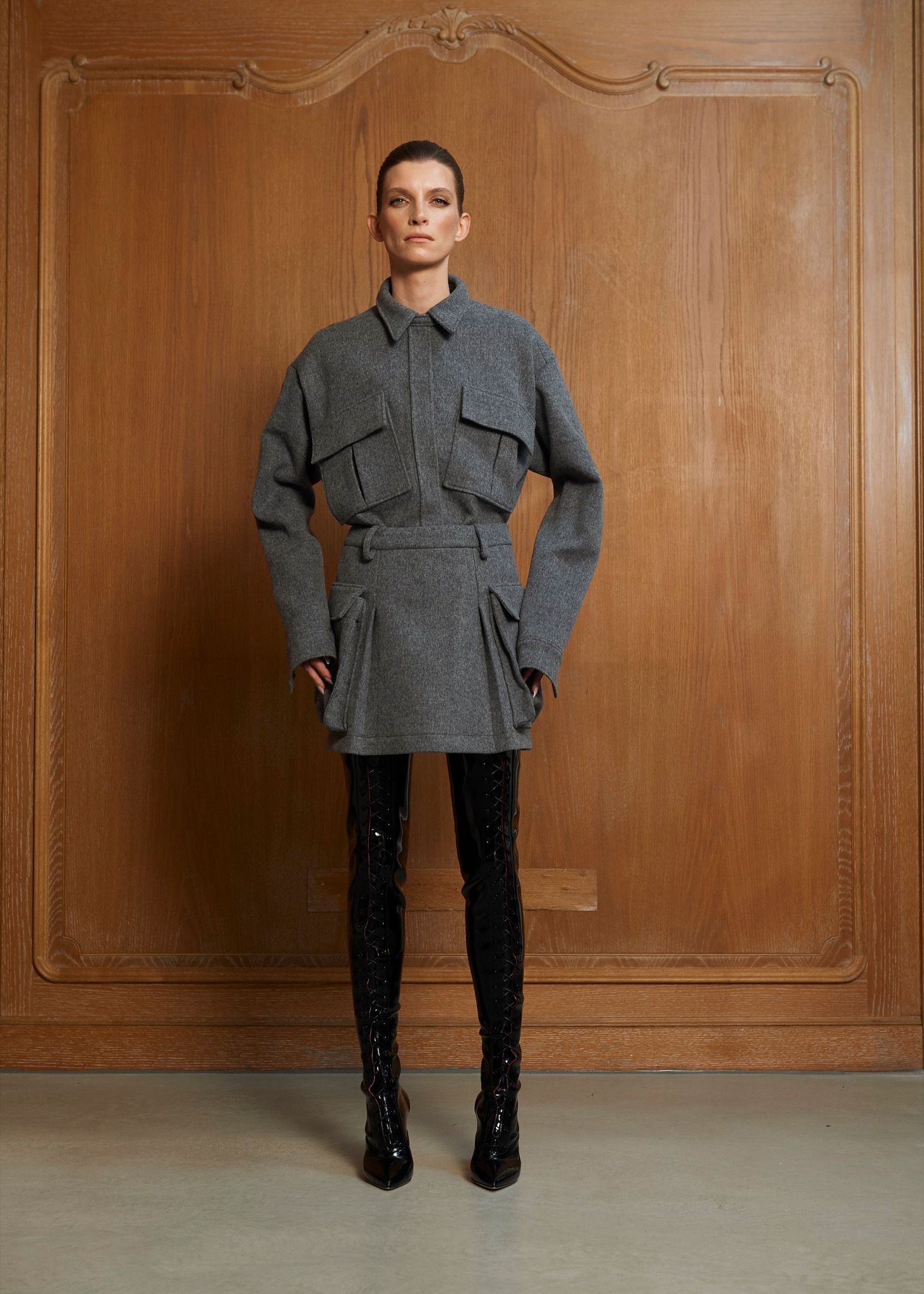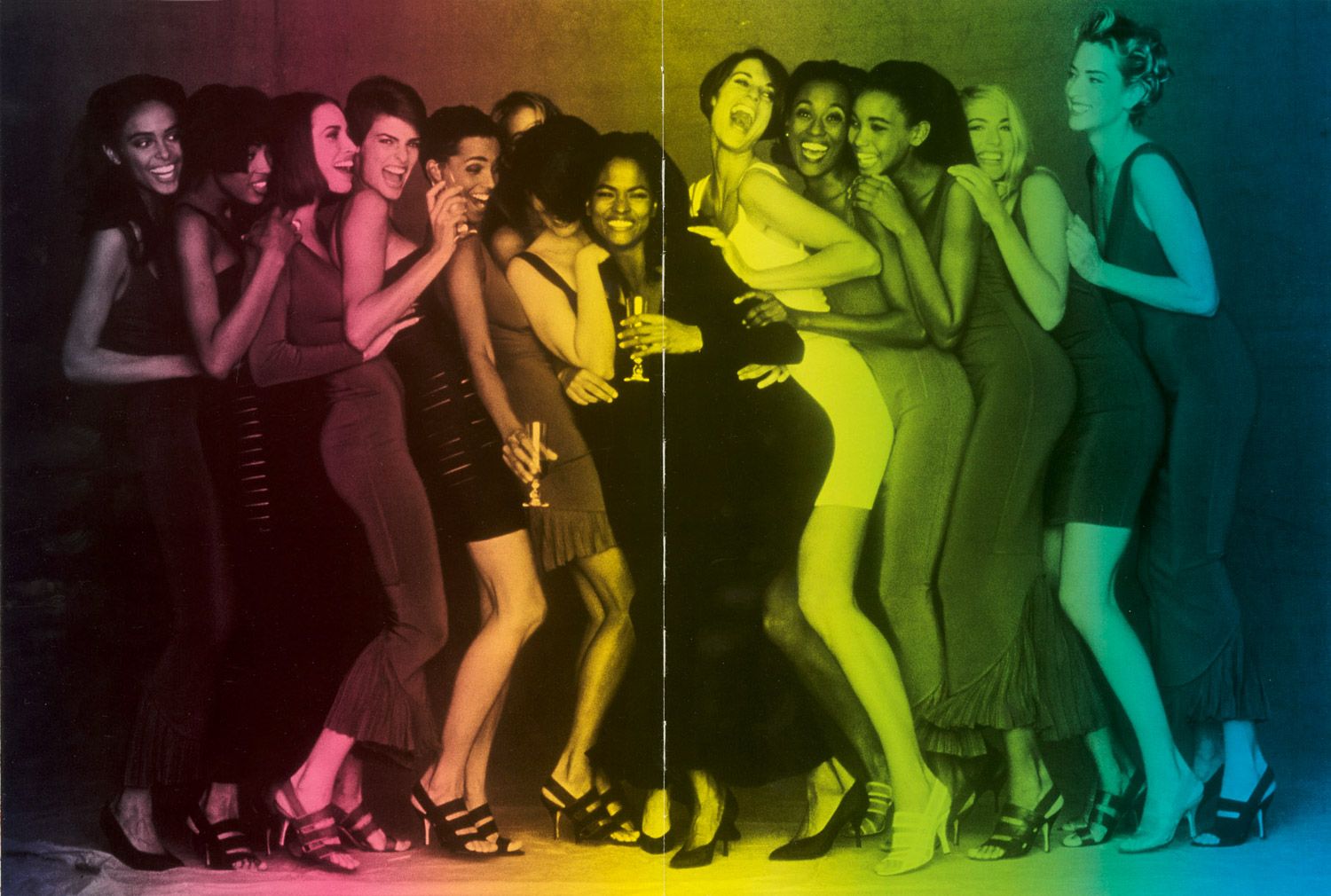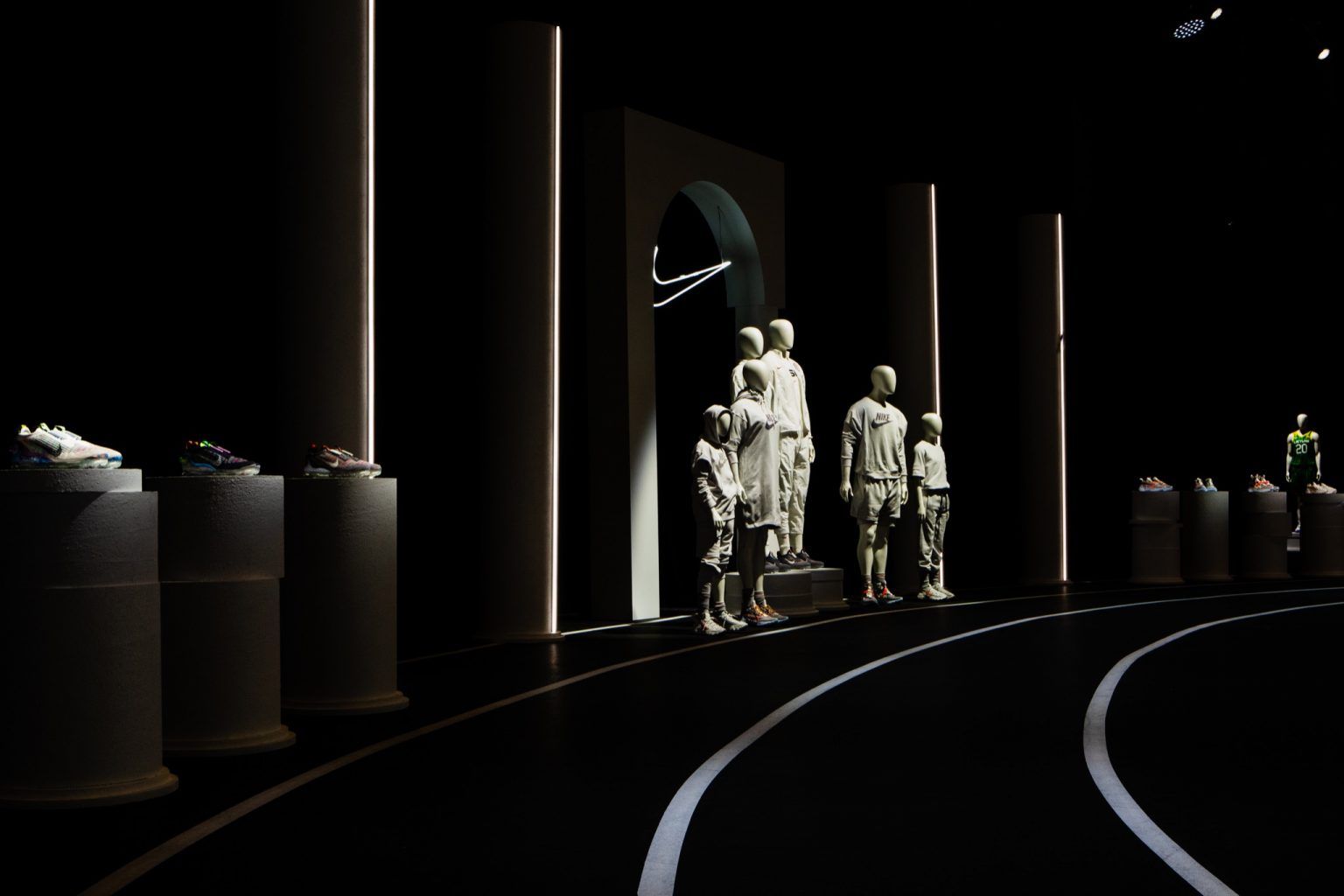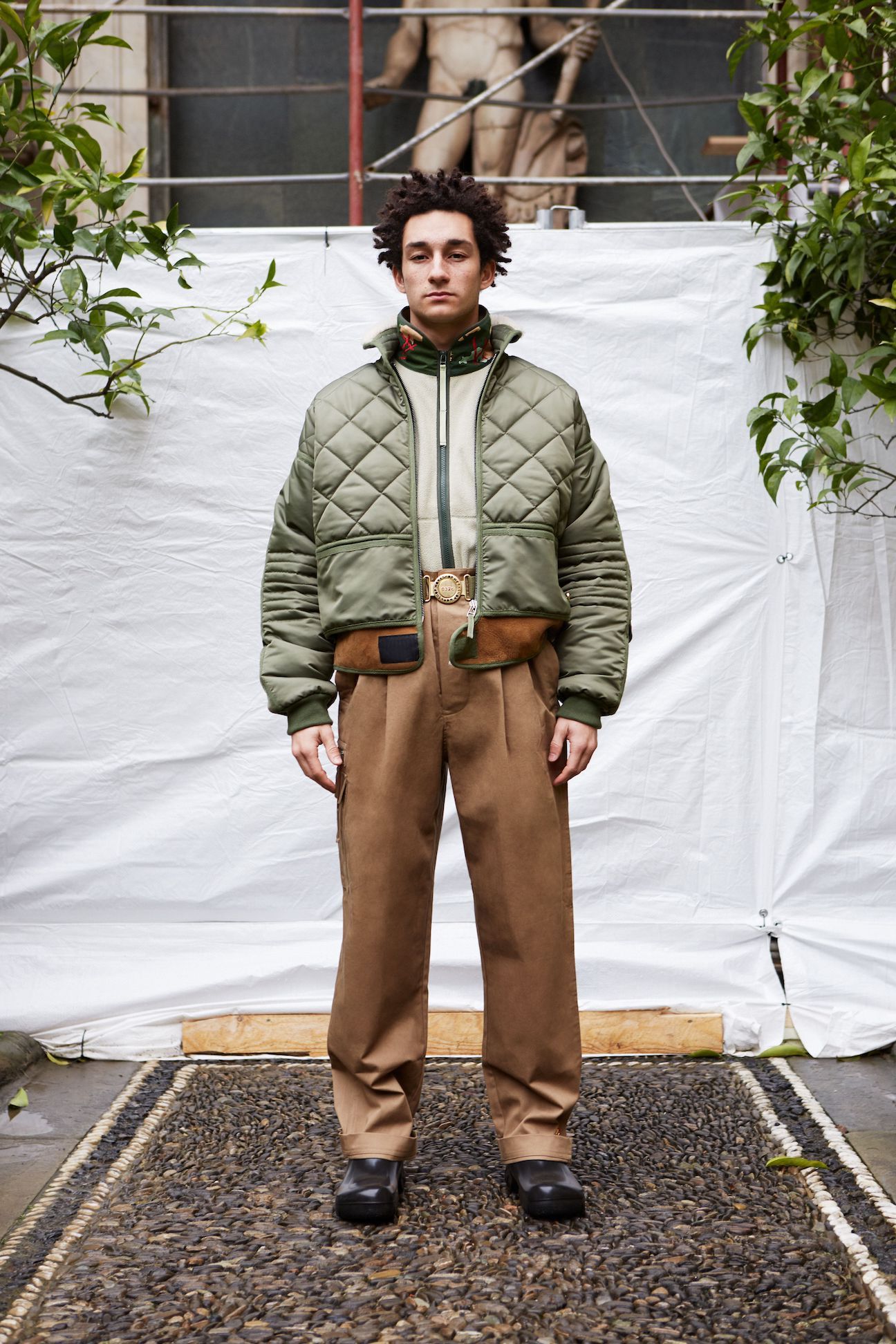#SaveTheCraft: Alessandro Sartori and Jerry Lorenzo Co-Create with Fear of God exclusively for Ermenegildo Zegna
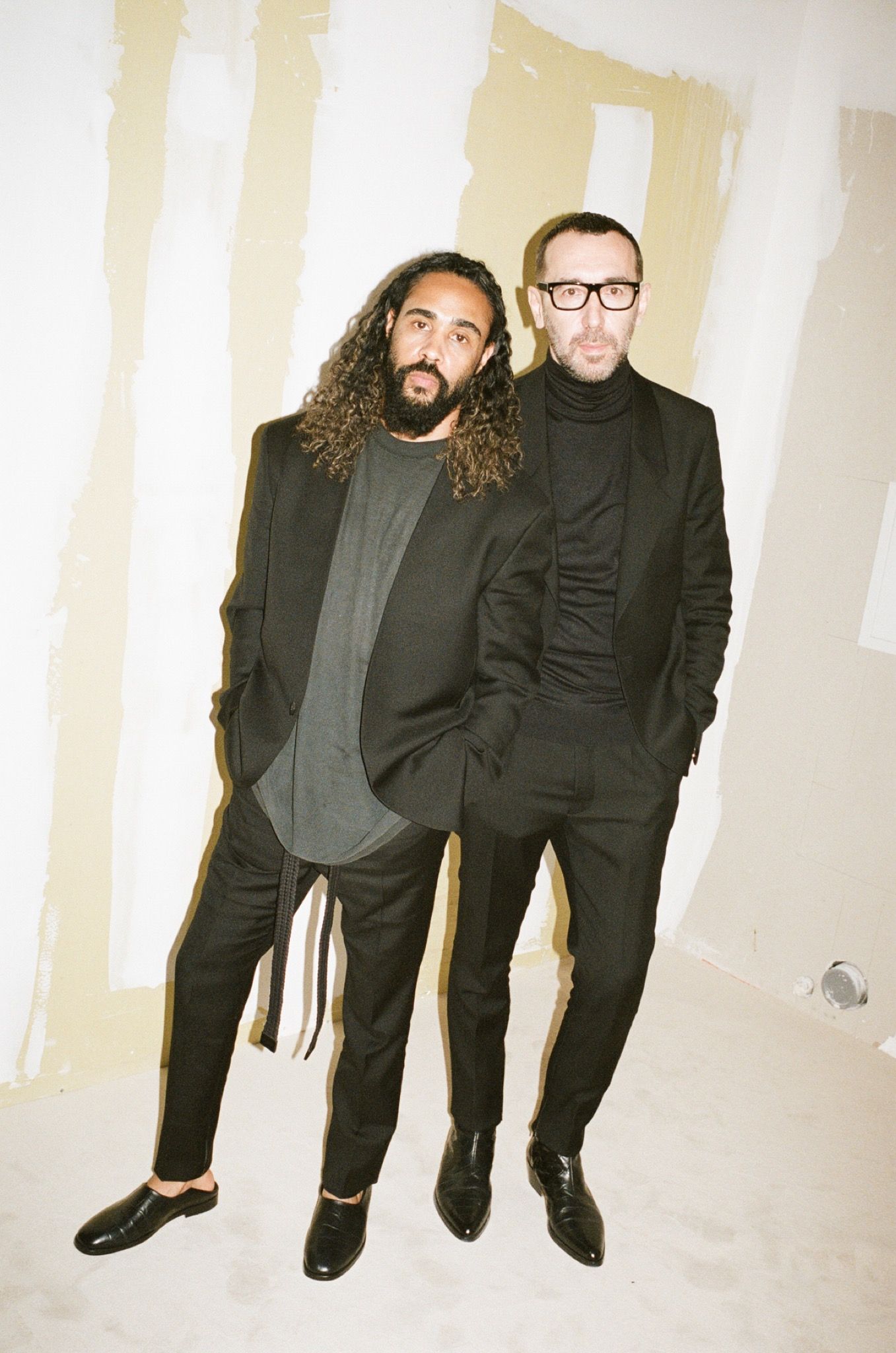
Among the many clichés of contemporary fashion journalism, “menswear is changing” ranks among the most familiar, although “collab” has begun to give it a run for its money. Of course, the last decades have seen seismic shifts in the world of men’s fashion, as its market has boomed and once-rigid norms have been substantially bent—if not cast aside, along with the gender ID of its wearer, altogether. But at a certain point, we’ll have to accept that “change” – not “repeating the past,” another tired analysis of industry trends – is essential to fashion, and that it can exist alongside orthodoxy. “Collaboration,” meanwhile, is often little more than a marketing device, a logo cynically slapped onto an underwhelming product.
There is hope, however. The collaboratively-produced collection by California streetwear label Fear of God, beloved for its spin on 1990s-inspired staples, and Ermenegildo Zegna, the century-old Italian atelier famous for its perfectly-tailored suits, is heroically true to its word. An unexpected meeting of minds –– namely, those of Zegna artistic director Alessandro Sartori and FoG founder Jerry Lorenzo –– the project promises and delivers “a new grammar of style.” Emphasizing technical and material quality, enjoyment, and real, human dialogue, the collection loosens up menswear classics without compromising rigor, demonstrating what’s possible when you take an authentic approach to creative partnership.
As the Fear of God and Ermenegildo Zegna collection was presented during Paris Fashion Week, 032c Fashion Director Marc Goehring sat down with Milan-based Sartori and Los Angeles-based Lorenzo to discuss the project, the future, and the duo’s nascent bromance.
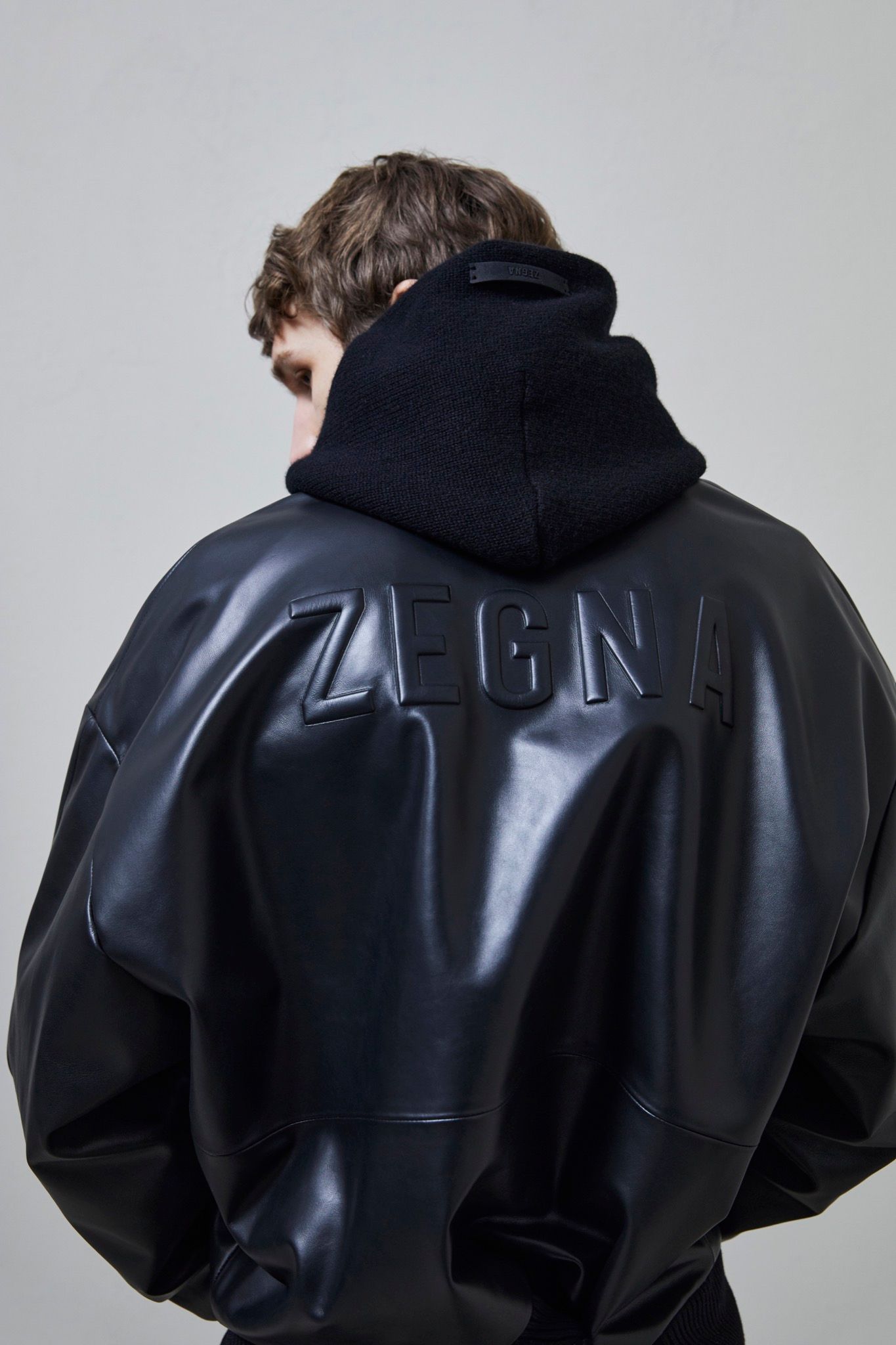
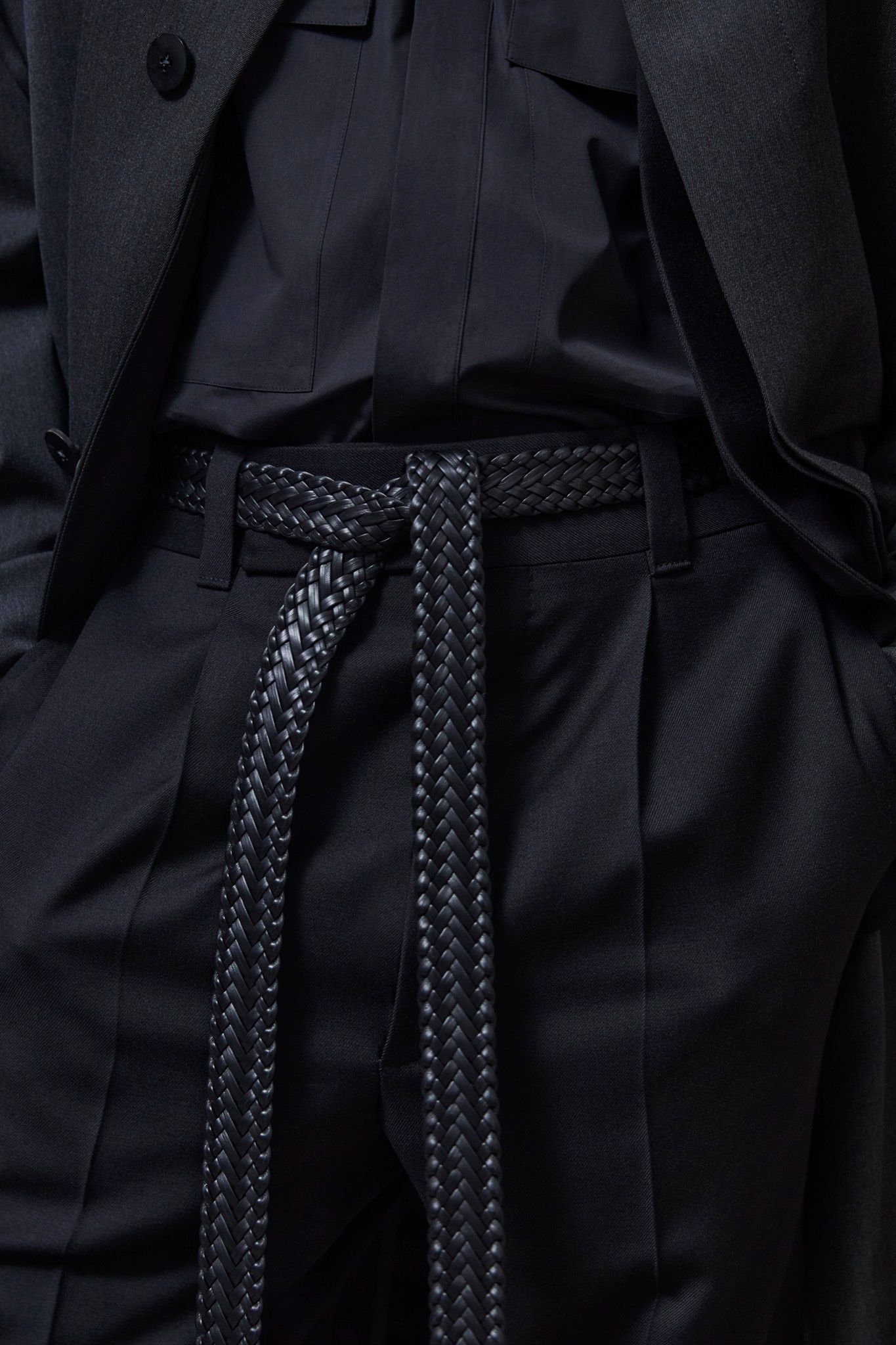
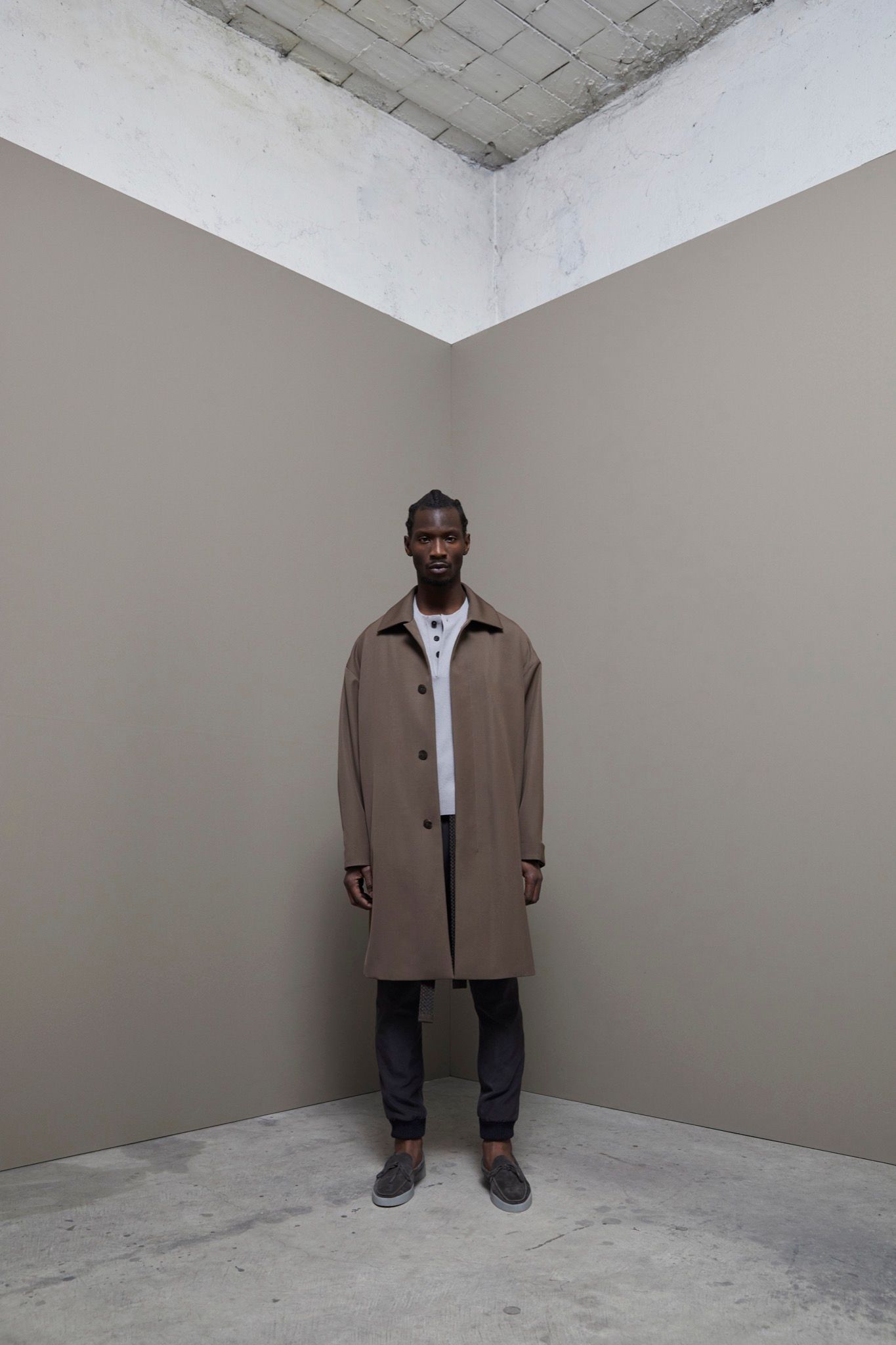
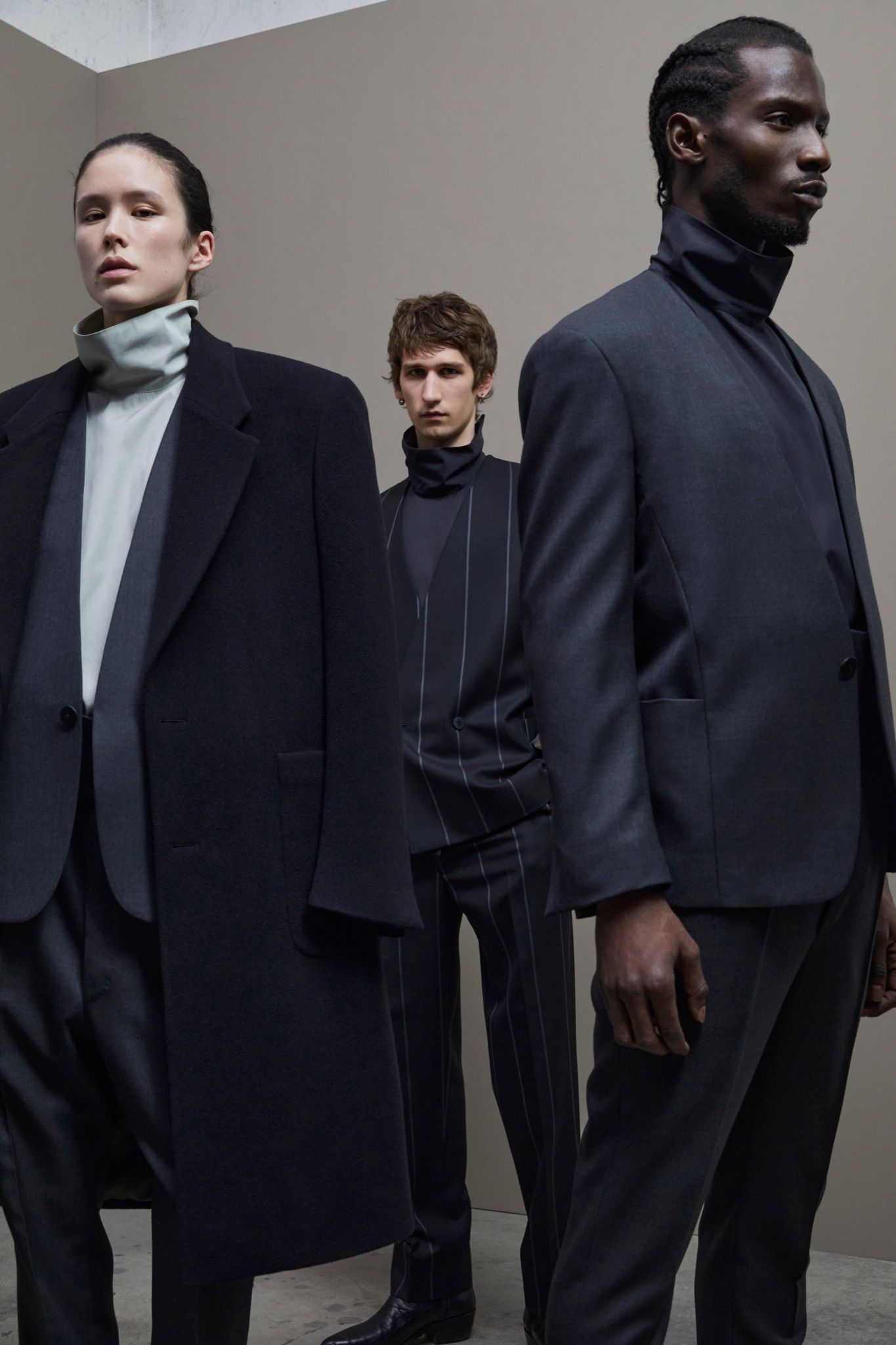
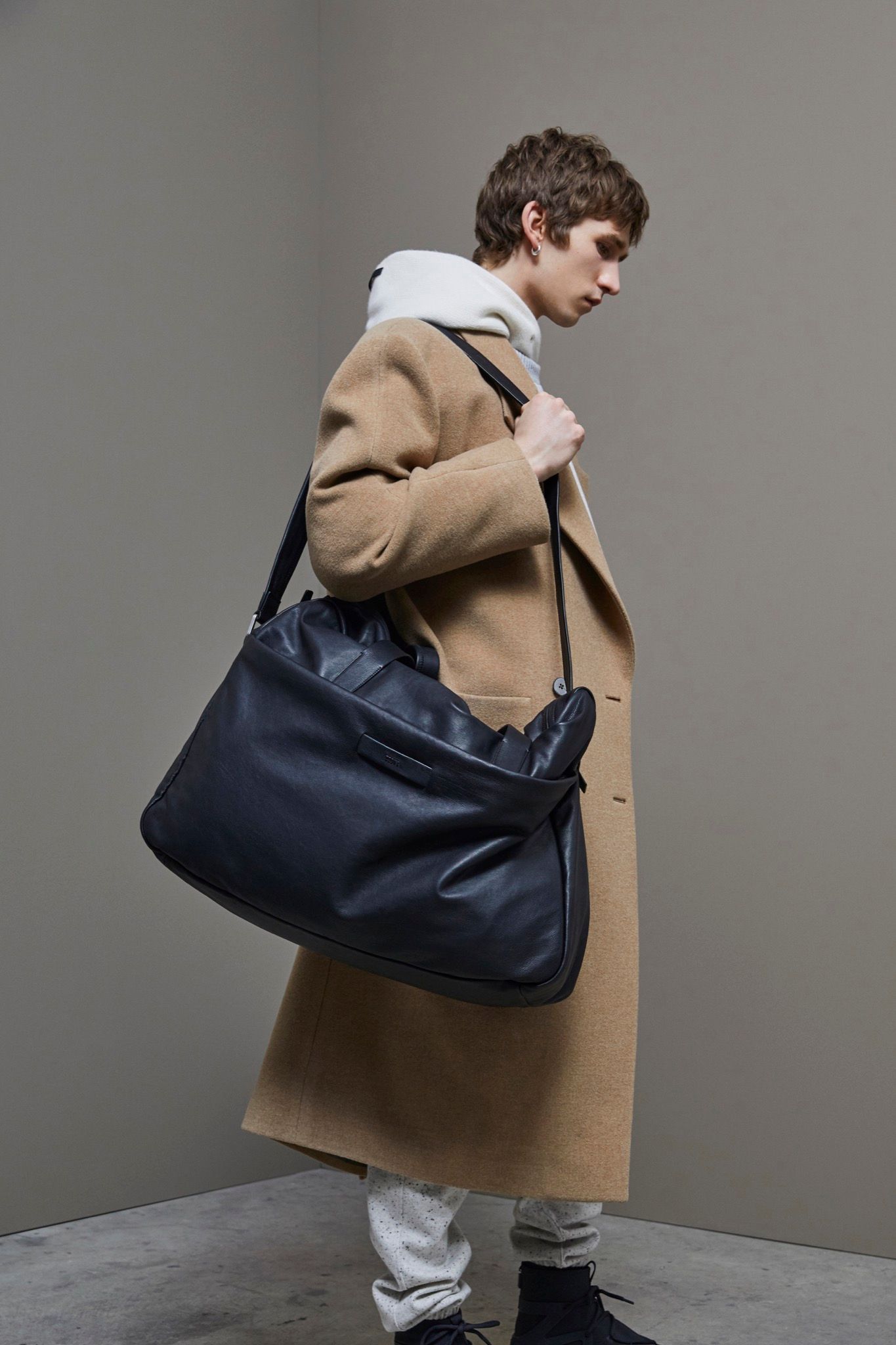
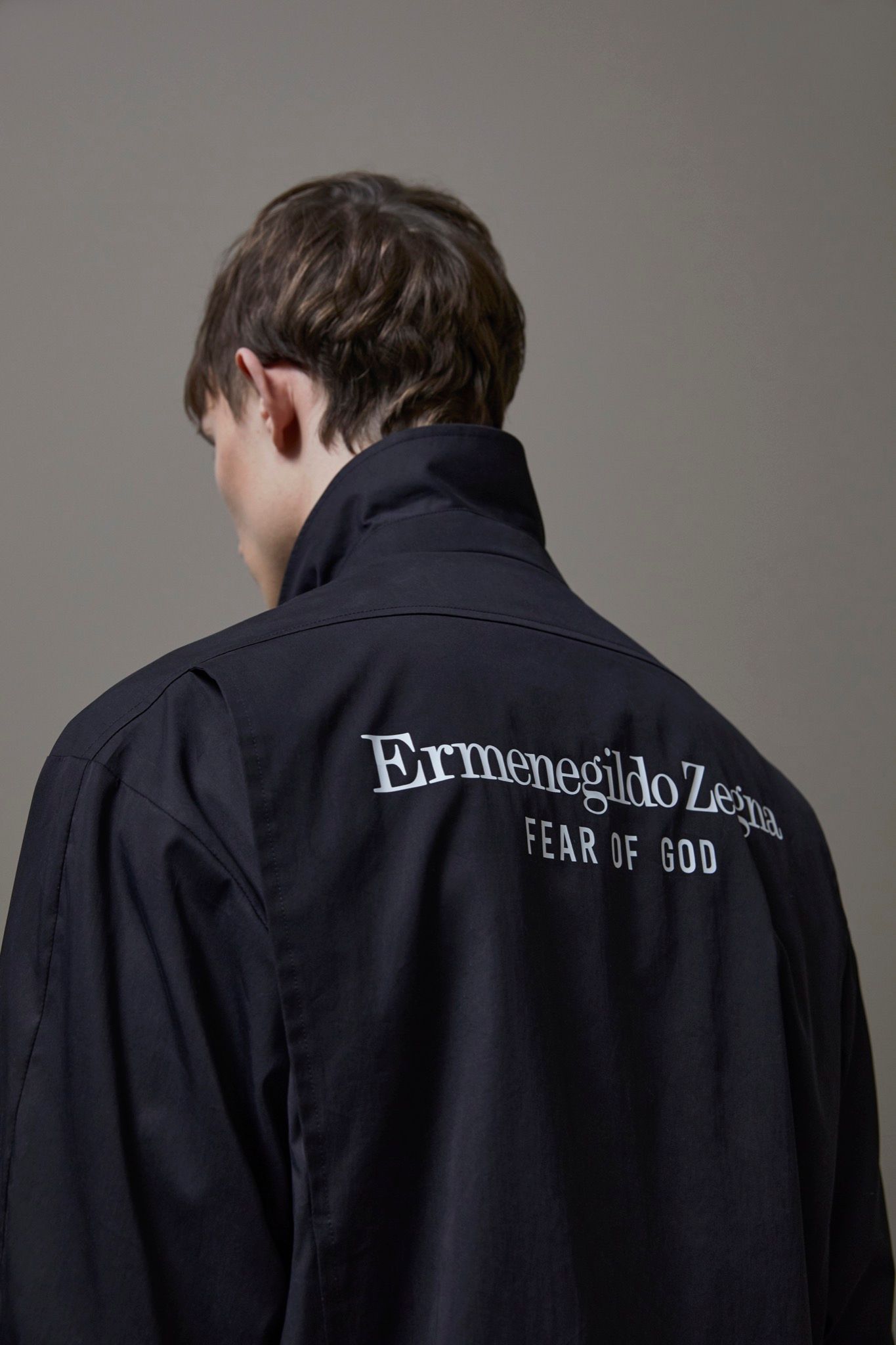
How did the idea for this project first come about?
Alessandro Sartori: I knew Jerry’s work because I had seen visuals I liked in magazines and on Instagram. I think it was his second collection that really struck me. I liked his approach—not using prints or bright colors, just being sophisticated—and his great work with fit and proportions. So when a friend-in-common suggested introducing us, I agreed, and here we are. We didn’t plan to build something.
We’ve seen so many collaborations in recent years. How has collaboration been a part of your work in the past? And how does this one present something new for you as designers? For the industry?
Jerry Lorenzo: I’ve never collaborated with another creative on this level of constantly shared ideas and small details. But, because we knew where we were trying to land, those conversations were easy. We weren’t trying to just combine Fear of God DNA with Zegna tailoring. We were trying, instead, to take all the nuances of how I understand culture and styling and proportion and silhouette, and his understanding of tailoring and styling and proportion and silhouette—as well as his lifetime of a love of menswear—and create a new solution for where we feel menswear is going. I felt like it needed a novice, so to speak, who could approach it with conviction, if perhaps ignorance as well, and and a master tailor who could approach it with more rigor. The goal was also to develop a connection that speaks freedom. Fear of God has never collaborated for the sake of doing a collab—we’re not looking for clout and we’re not looking to be attached to someone just to be cool. What’s cool is being able to propose something new to the world. I don’t care who you do that with, or what people think of that person or that brand. Can you work together to propose something new that’s going to influence that person? I think we were able to do that.
AS: I totally agree. Also, since we didn’t start with a brief, it was a blank page. We were able to rewrite or rethink some of the classics. We don’t like etiquette or names—we don’t care. Most of the important pieces in the modern wardrobe were born 80 or 90 years ago: the trench, the raincoat, the double-breasted coat, the three-piece suit. People want to elevate their style, but are bored of the same pieces, which are reminiscent of things we’ve seen hundreds of thousands of times. We are looking for a new piece to dress you up and to mix-and-match with different garments to create a new attitude. Worn with matching pants, one garment might be part a beautiful modern suit, but with another pant it is simply a beautiful top.
JL: We can call on every little small nuance. We’re not giving you knitwear with this classic rib where all of a sudden you feel like you have your dad’s sweater on—we’re giving you the touch of the fabric, of this beautiful wool, of the leather. We’re elevating the straps using some of the language that Fear of God is known for, while going back to Zegna’s great woven belts and exaggerating those. It’s really these small touches that show that every element of the garment is considered. On every look, on every individual piece, in every image, there’s a sense that, throughout the collection, we’ve really taken the responsibility and the joy and the love of making it. It’s like putting a baby into the world: you’ve got to be with it every day; you can’t take your eyes off it.
AS: Distribution-wise, we are also thinking in the same way. We are open, we didn’t have a history, he has his own collection, we have our own collection. It’s like you with the magazine, Marc. If you are lucky enough to lead the first moment of a beautiful project, you have the right energy. You can design the project as you want.
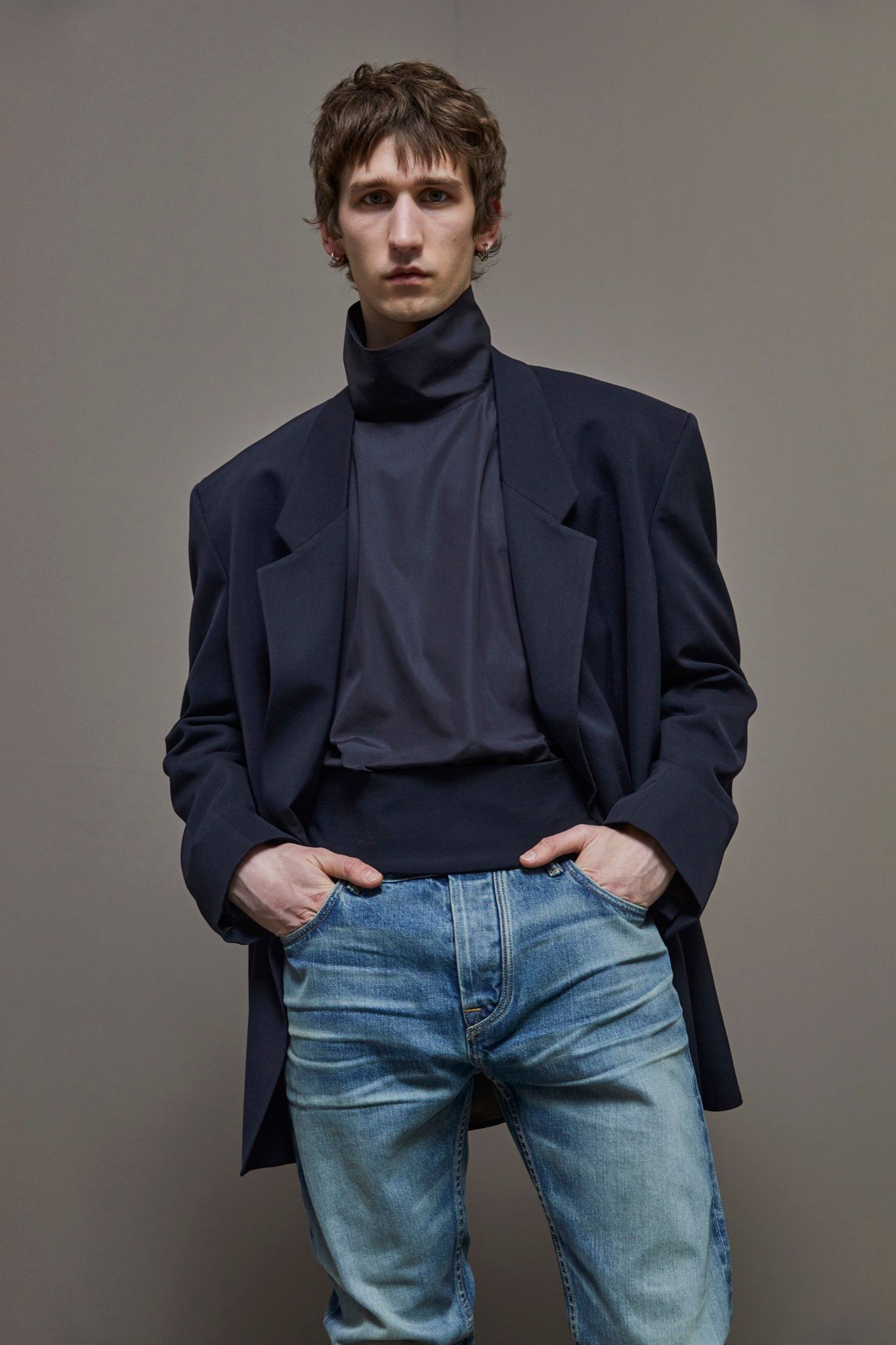
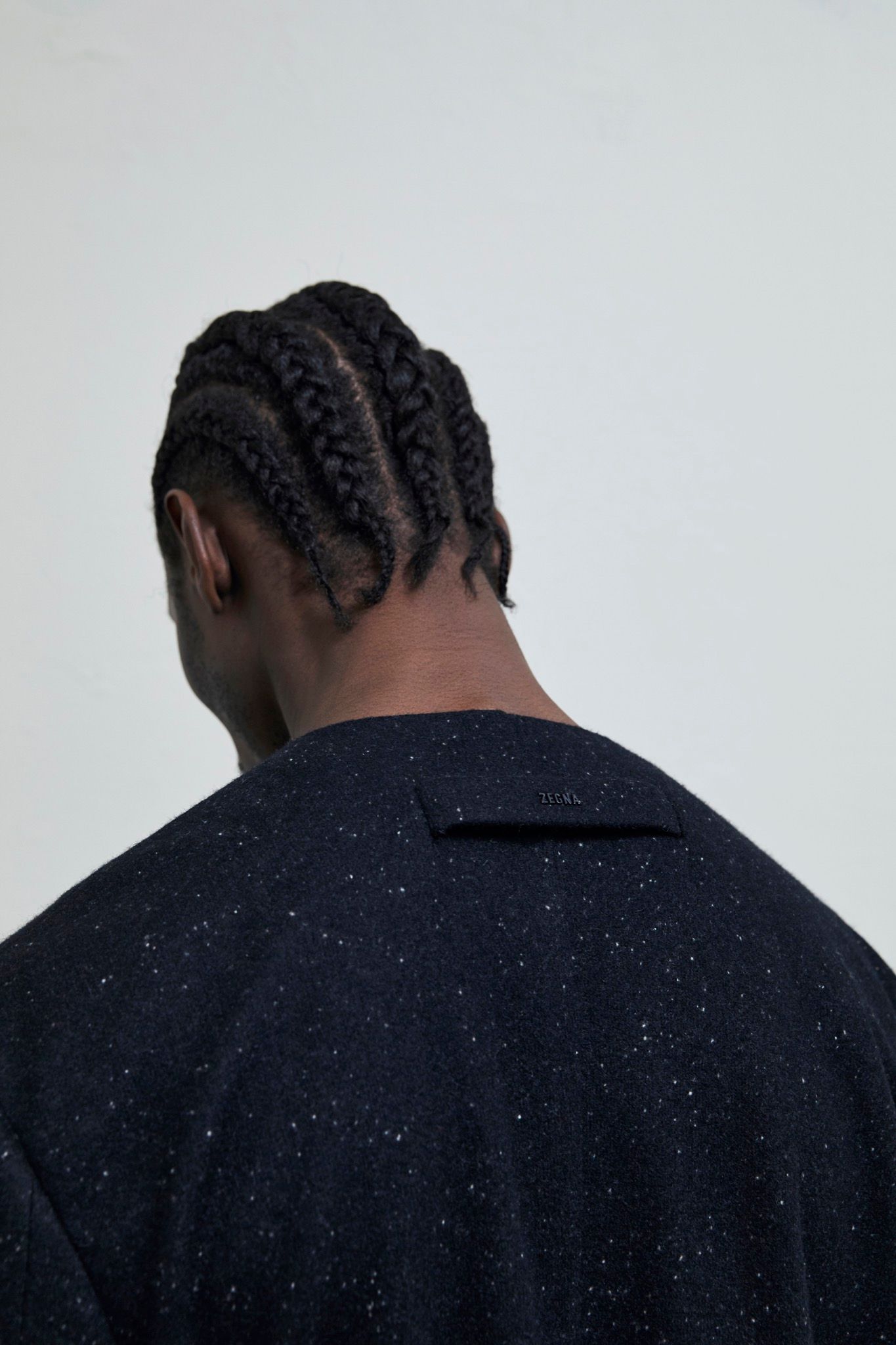
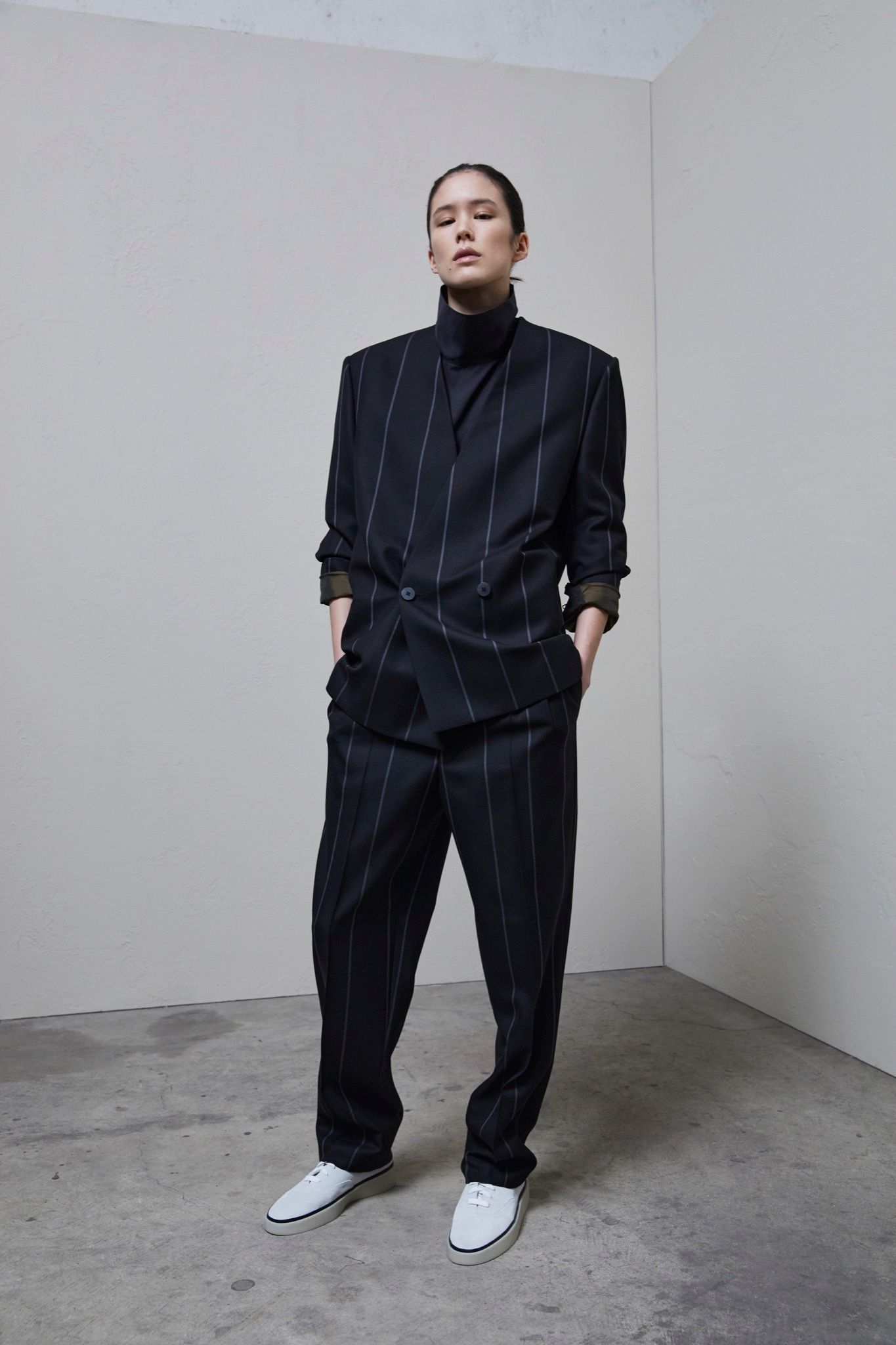
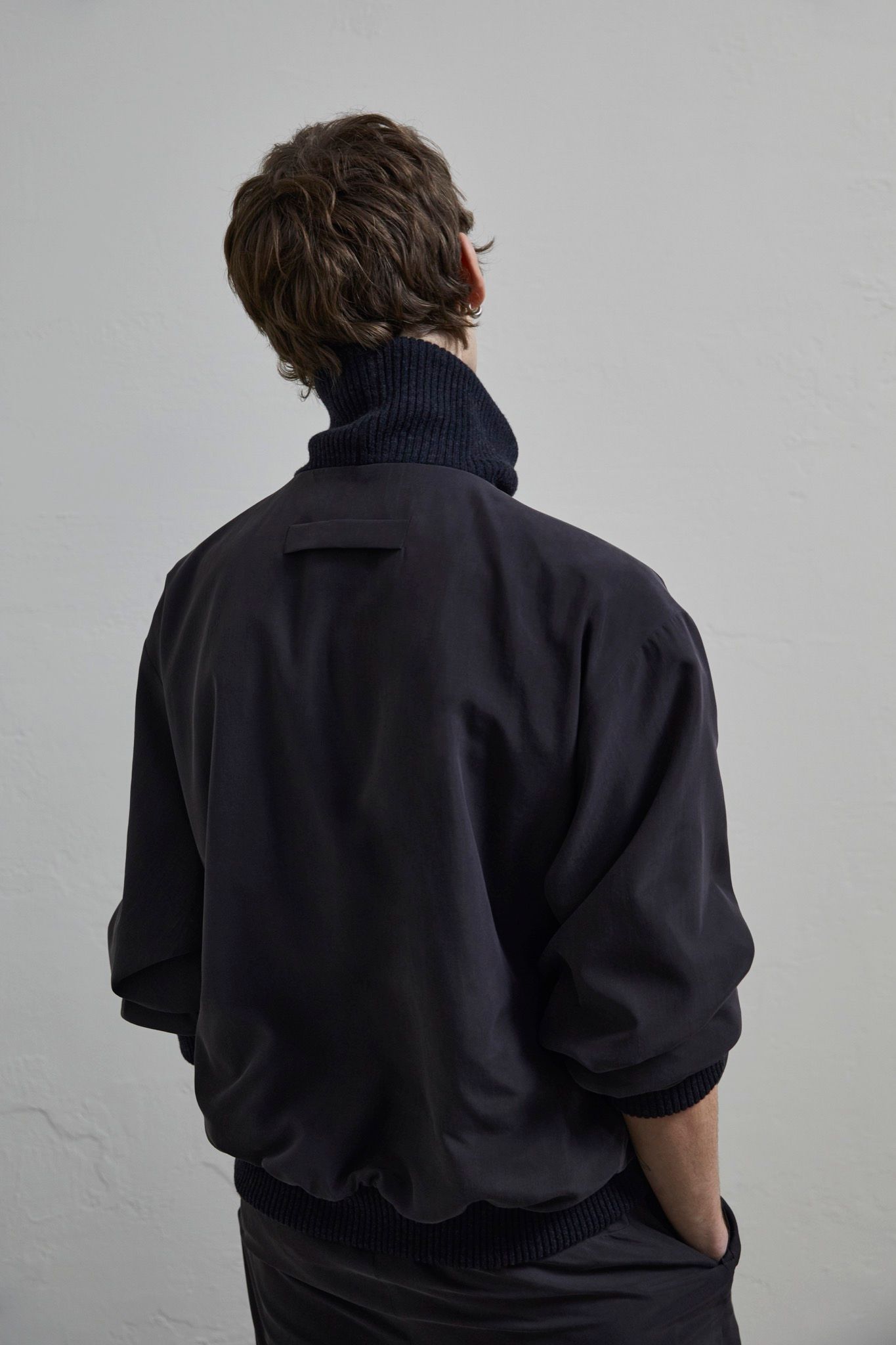
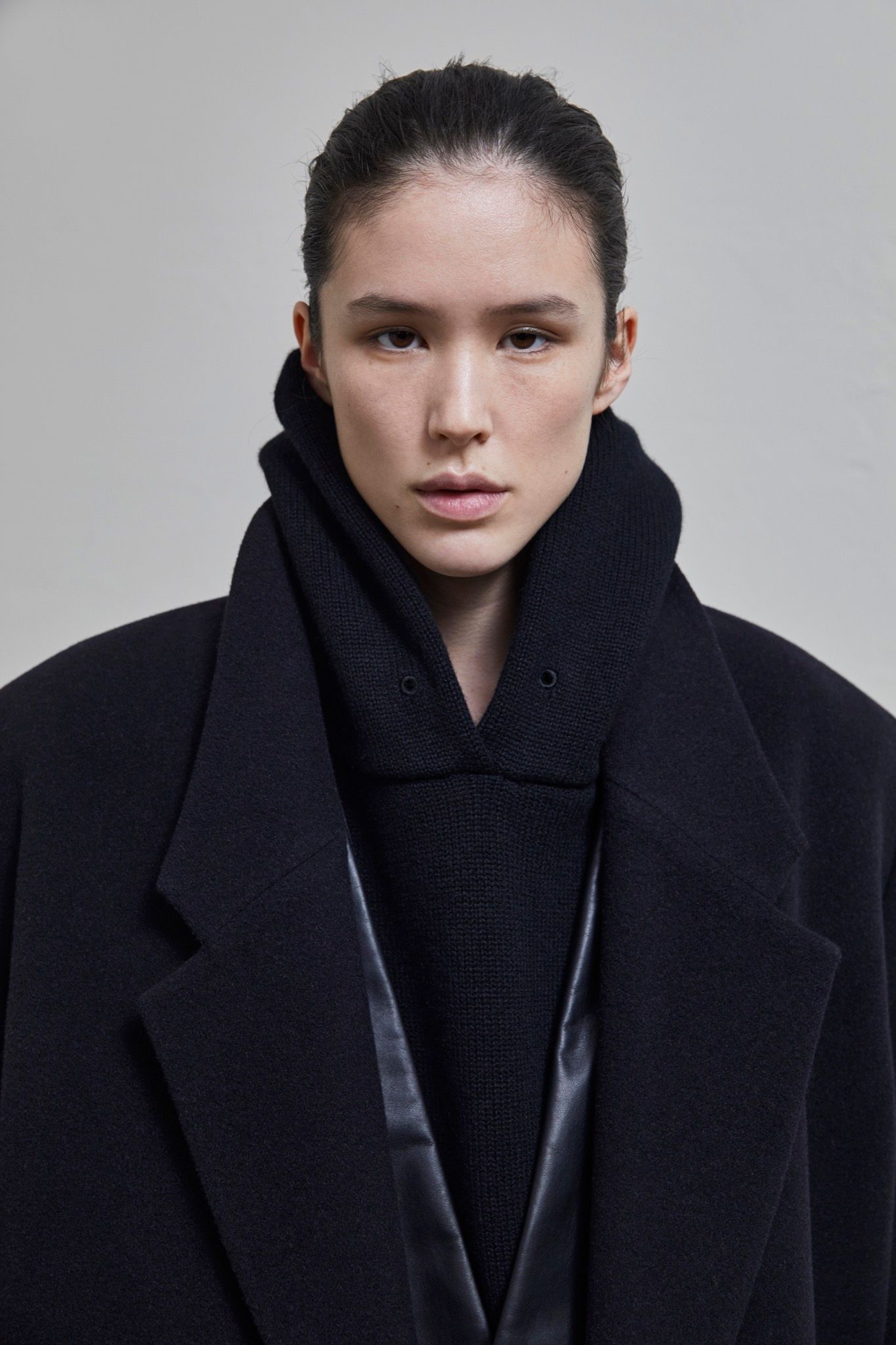
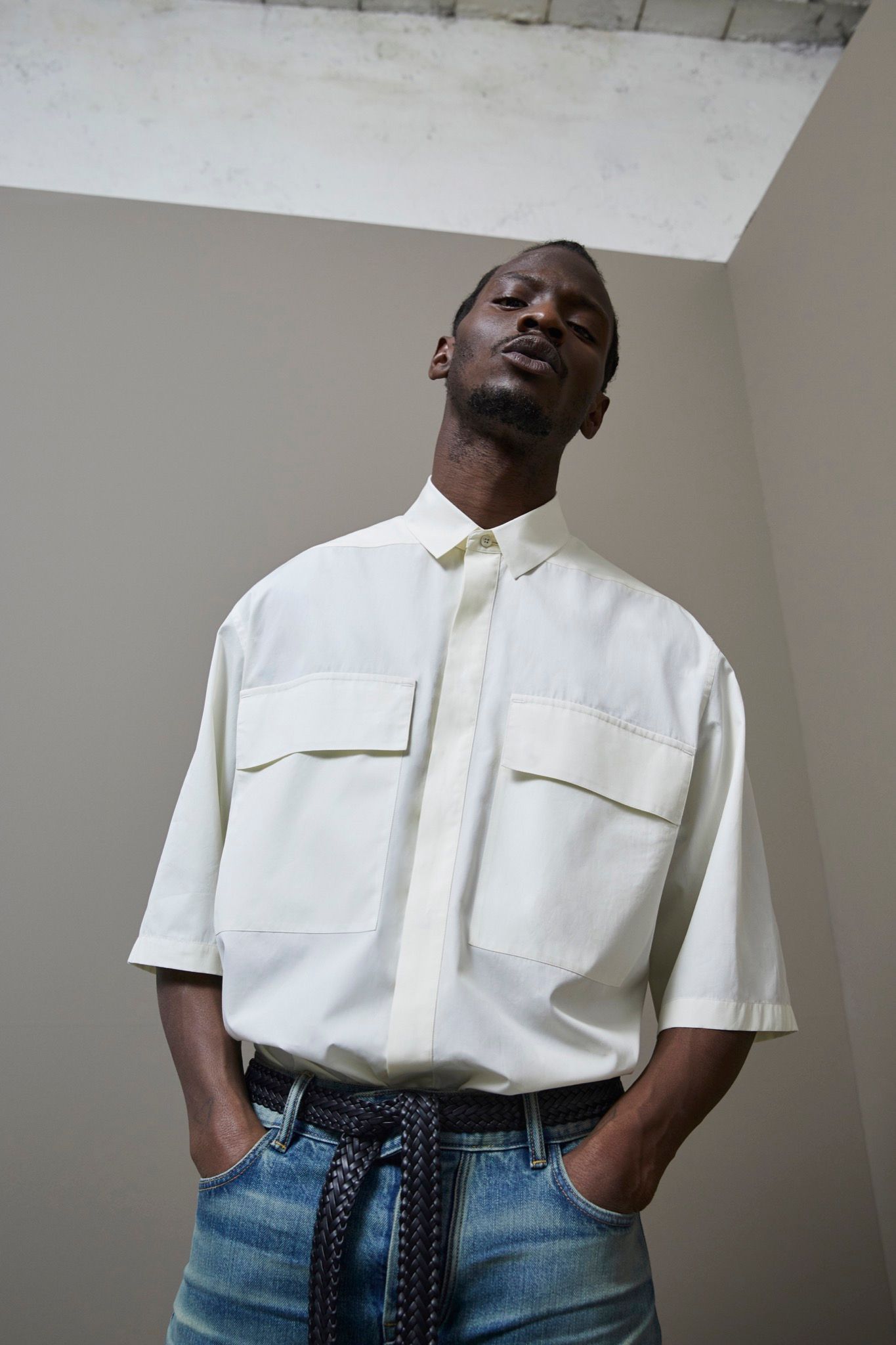
“We’re not looking for clout and we’re not looking to be attached to someone just to be cool. What’s cool is being able to propose something new to the world. I don’t care who you do that with, or what people think of that person or that brand.”
Jerry Lorenzo
That’s the beautiful thing about it. Zegna and Fear of God are two very different brands. How is that productive to a project like this?
AS: If you think about it without knowing the two of us or our teams, you might have a feeling that we are very far apart. But when you do know us, there is a strong chemistry. There is a common idea of newness, research, design, styling, and propositions, and a common approach based on honesty, respect, and a constant search for quality. We would not have done a project where someone was like, “Can you design a Zegna bag with a Fear of God logo?” We would not have been able to express what we did. Here, the blank page, our personalities, and our experiences led to results.
JL: Our two perspectives pushed each other into uncomfortable situations that landed as beautiful solutions. That discomfort helped us say, “Oh good, we get to find a solution here because we’re at different places.”
Do you have a bromance now?
JL: We do have a bromance! I love this guy. But he’s like the worst guy to ever consider dating because he always breaks up with you.
AS: I am the Italian drama person. When there is an issue, I like to push everything to the limit—to the edge of the table—while also saying, “No, but I love you so much, let’s come back and kiss each other.” That’s my personality.
JL: He pushes you to the edge, but then there are beautiful flowers that he’s picked for you at your office and you’re like, “Oh my god.” And then I call him and we’re back to our bromance.
AS: It’s a constant… edge. But also a looking for perfection. If you both try to get to the point of doing the best of the best of the best, of course it’s tiring for people. But we are on that level of conversation where we can have an issue, or a fight—or not, depending—but we will know that we did it with honesty, not ego.
JL: It’s like any relationship: if you know the intention of that person, whatever disagreements or bumps there are along the way are easy to get past. I come with such an unorthodox way of working, because I am self-taught, and it takes some time to understand what I’m proposing. I’m showing him through references, through images, through pieces, and through sketches. In my mind I see the complete picture, and I’m hoping that he’s able to see it, too. He’s super gracious and super patient with this process, and I think that helped get us where we needed to go.
AS: And, if I can add, we are never banal. We are never obvious. We never try to follow the path of comfort. It’s not for the sake of being different, but because we think that, today, there are a lot of processes and stories that are just part of a format. That makes the end result boring. If I have something in my vision, I need to be able to translate that into the best version of that idea. When I go to the supplier, I know that if we want a certain fit, then the leather needs to be 420 grams—and don’t tell me some bullshit if you don’t have it. We’ll go somewhere else. The fabric needs to be tight, but not too heavy. It needs to have the right level of draping, but at the same time keep the body. You need the right element, and it needs to be exclusive. I just used the example of fabric, but it’s the same with pattern makers, with artisans. This collection was done in the same atelier where we normally do bespoke suits.
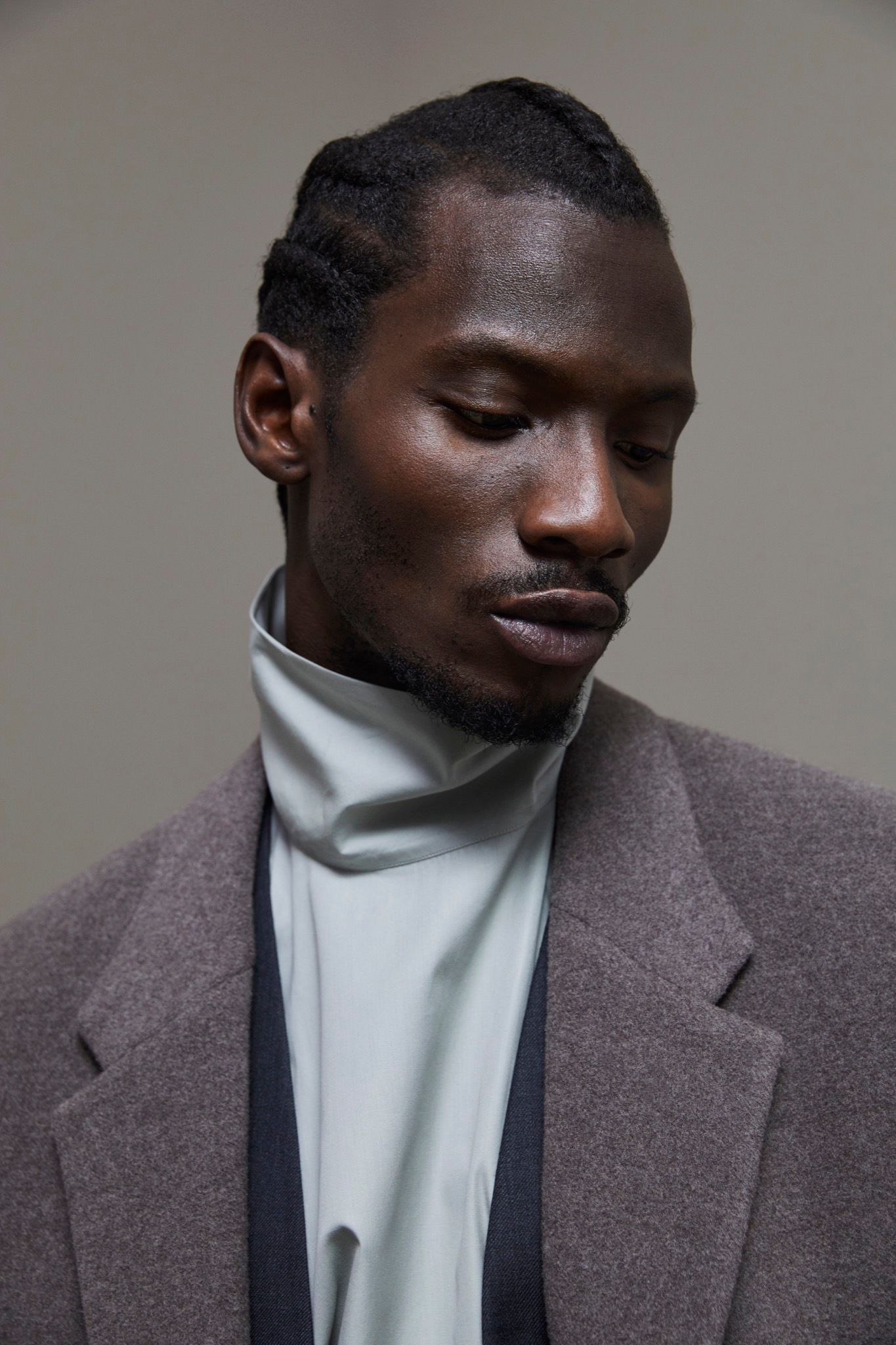
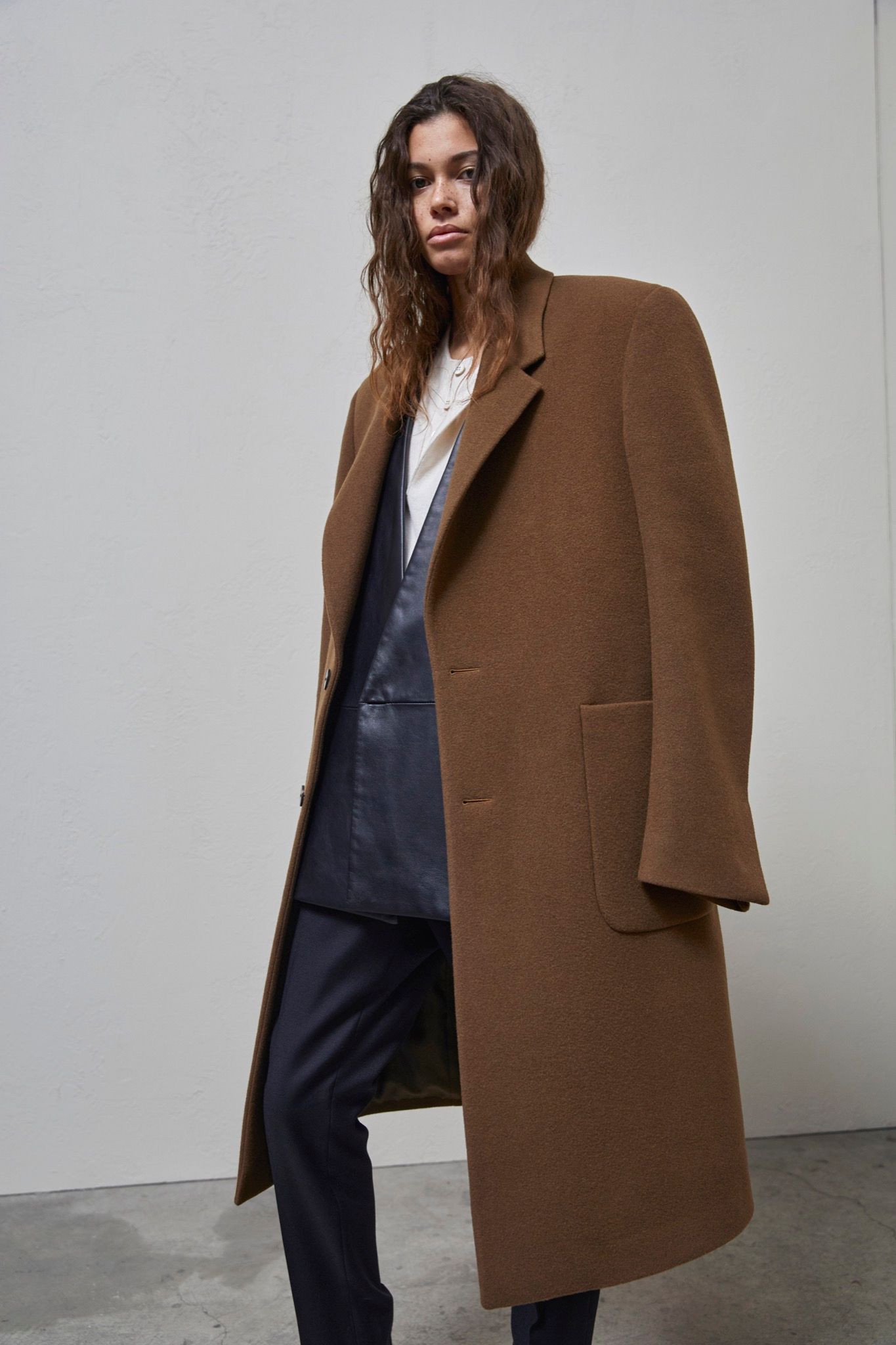
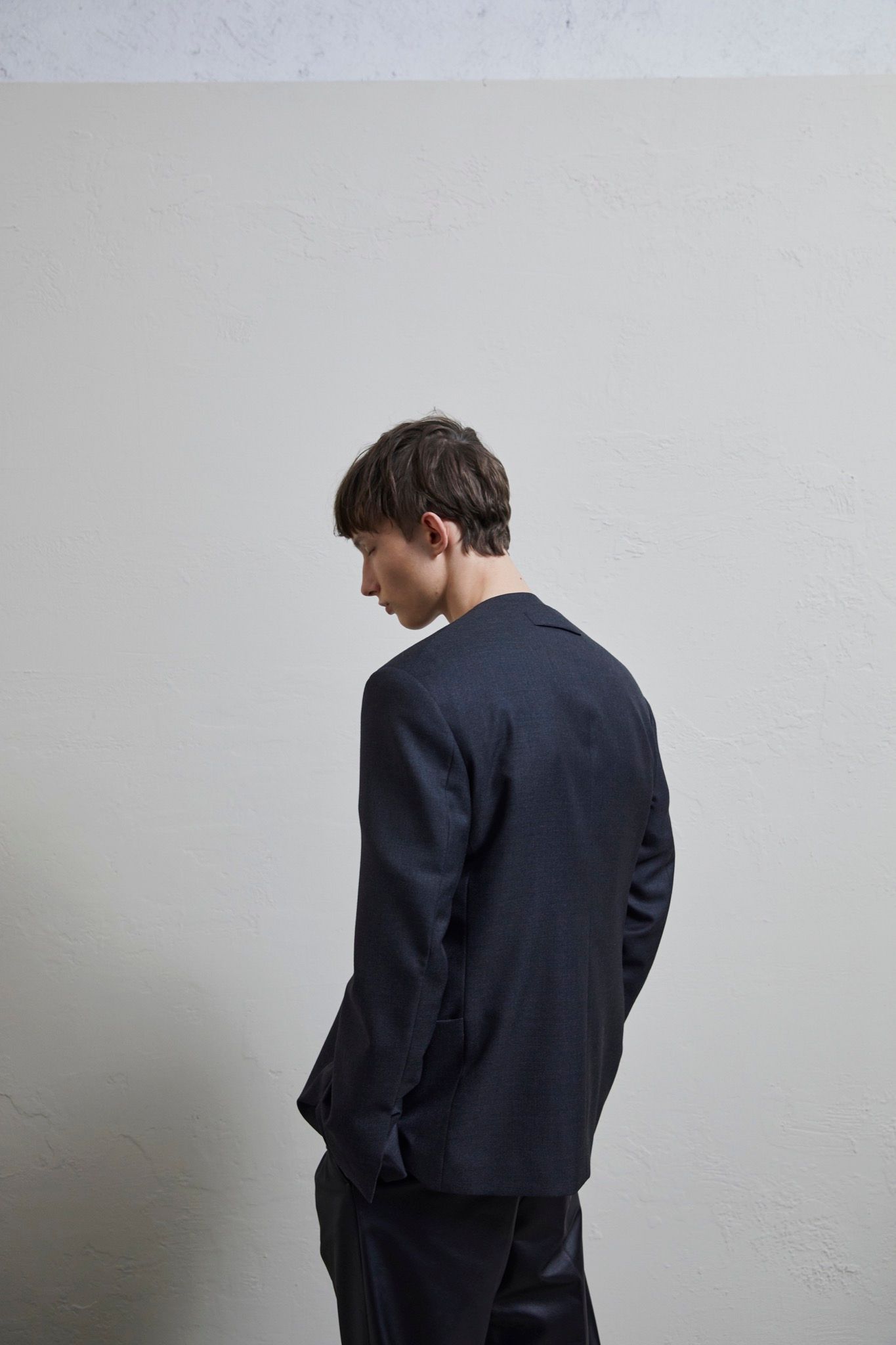
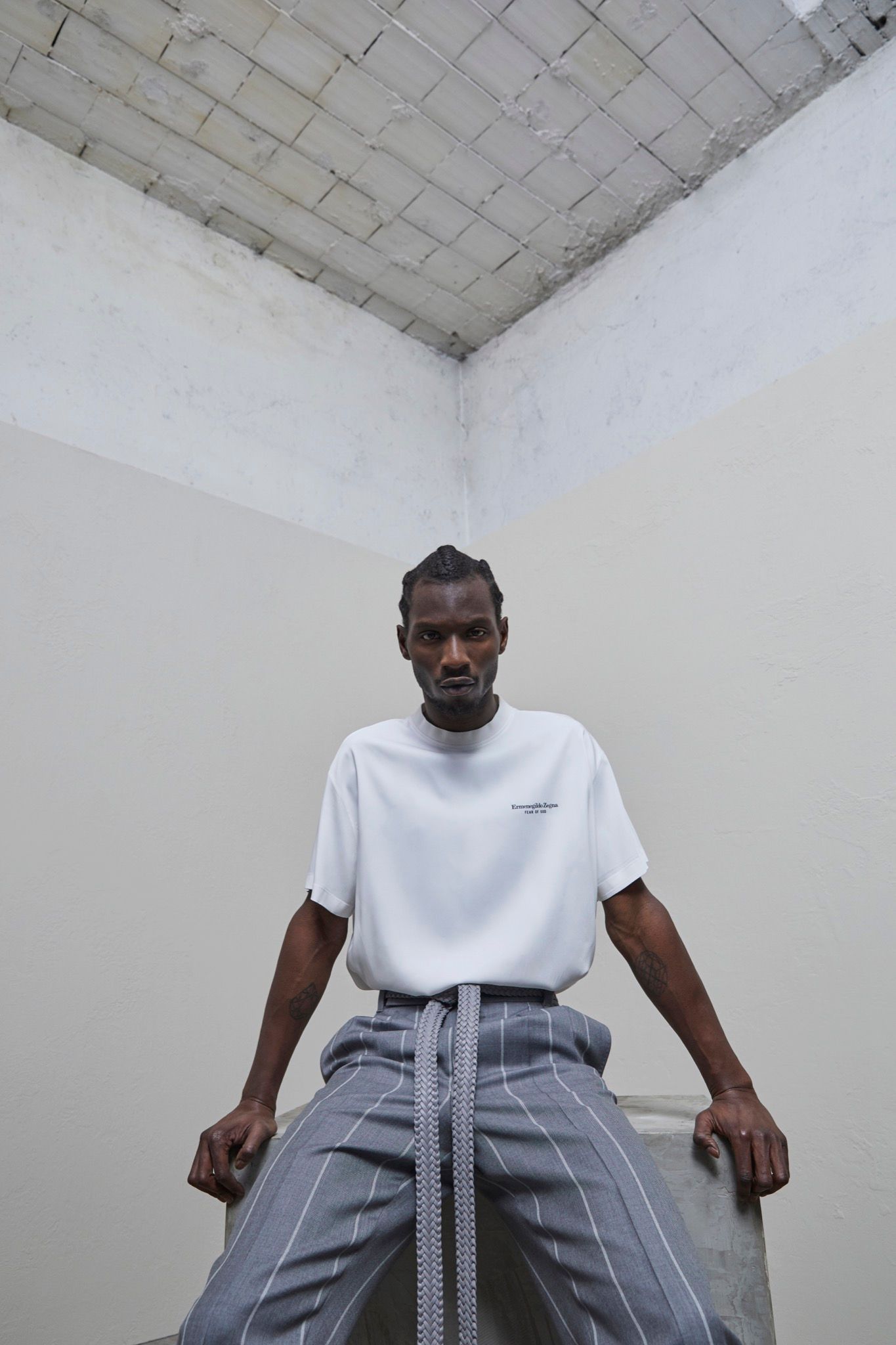
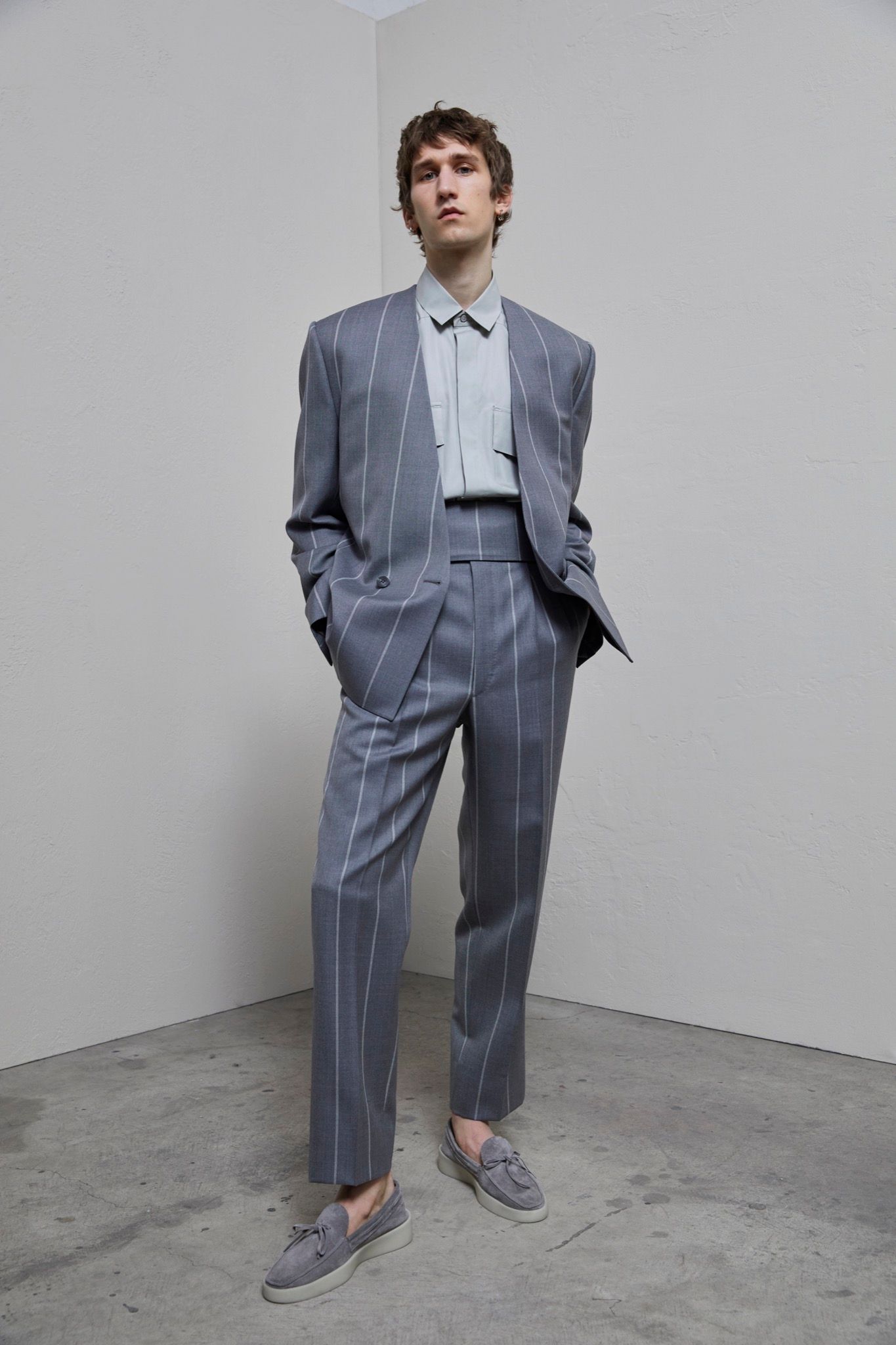
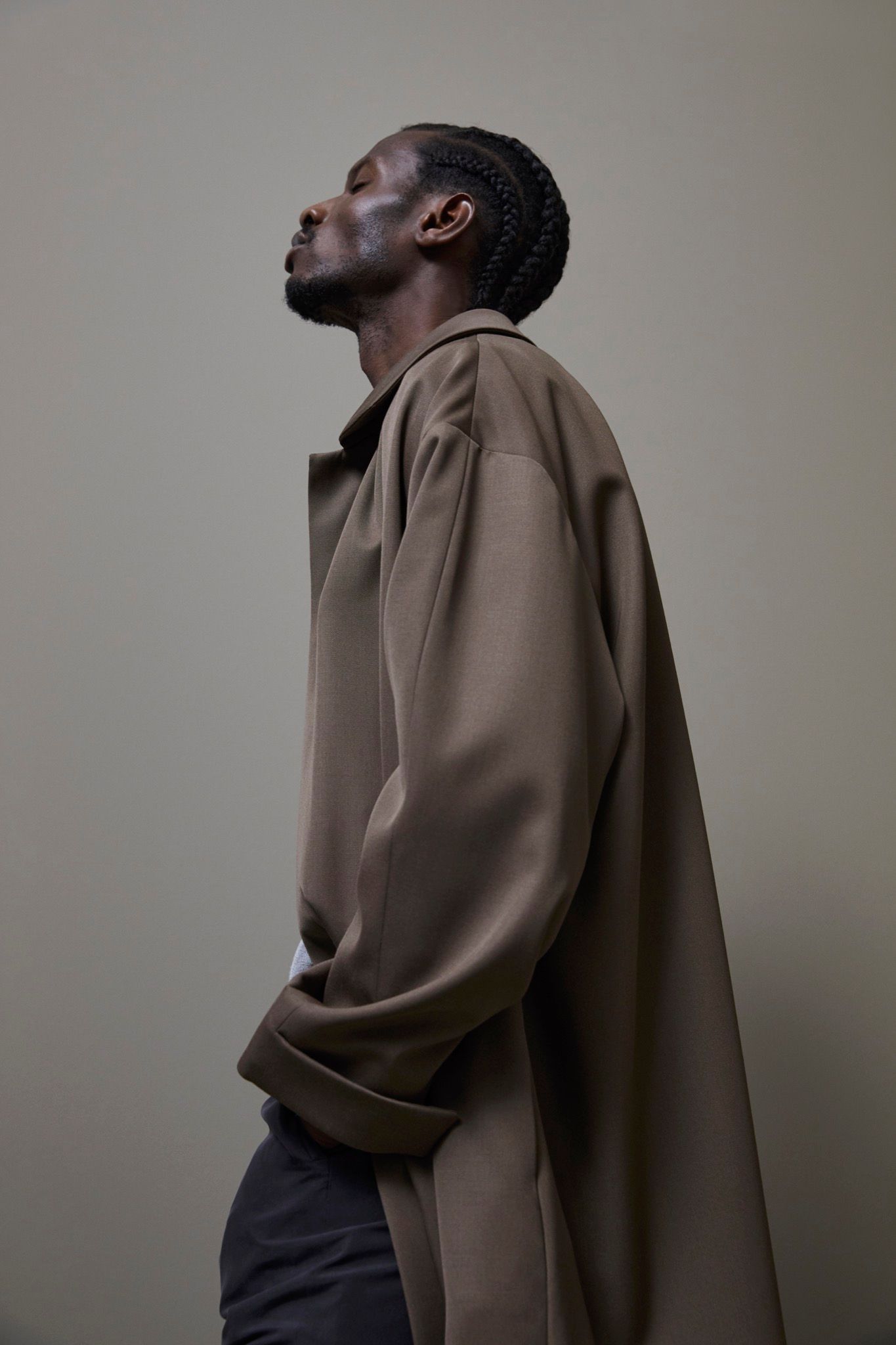
“We are never banal. We are never obvious. We never try to follow the path of comfort.”
Alessandro Sartori
You just said “fit,” and I heard that the collection is “one size fits all” or something. That’s not real, right?
AS: No, no. It’s not really like that.
Okay, good!
JL: The shapes are made in a way that works with the collection, in a way that if you’re a 48 the 50 might work on you, too. But we do have sizes. It’s not “one size fits all,” and it’s not that all the pieces are just exaggerated. The shoulder might be exaggerated, but the bottom may be taken in. The trousers may be slim but sit looser and higher at the waist. Everything is considered, but there’s a little bit of freedom to layer or play with the garments in a way that maybe you can’t with traditional tailoring. The pieces are a bit more versatile, but it’s still Zegna master tailors.
AS: We are a little bored of the classic sizing system that narrows the buying and the merchandising of a store. If the collection just arrived, then I need to be able to shop and style myself as a consumer, but if a buyer only has to buy five sizes of each piece instead of ten, they will buy a bigger variety of pieces. You will have a much fresher approach, a different conversation. If you think you are a size 50, it is because in the past someone thought that this type of man has a 50cm shoulder, and thus a size 50 jacket. But today, if you take a size 50, the shoulder it fits might be anywhere from 43 to 60cm. What’s the point? Again, it’s just etiquette and names. We want to be out of this game of classical shapes, and think instead about silhouettes, pieces, and propositions.
What else do you think is going to happen in the future of fashion, in terms of models, production, shows? You already did a presentation without models, using screens instead. Do you think the digital will develop more in terms of presentation, or in terms of the whole system?
JL: Fear of God has never done a presentation, never done a runway show, so this was the closest thing we’ve ever done to that. There’s a little bit of a stigma to doing a fashion show for me. We like to be in the game, not of it, so to speak. Not that I have anything against fashion shows—I really loved the presentation with Zegna. I felt like what we proposed was not just about how men are going to dress now, but how they will dress from 2020-2030. We positioned it in such a way that people could study the garments, the proportions, the fabrics. As we move toward a more sustainable place where people keep things longer, it’s important to celebrate the garments more.
There was this leather jacket with “Zegna” embossed on the back. That’s a piece that I could wear every day for the rest of my life.
AS: You need the right presentation format for your collection according to what you want to convey. We all know that there are amazing shows, and luckily the brands they benefit will keep doing them. There are also brands that would be better off if they didn’t do shows but did more presentations where you could see the product better. It would be much nicer to step out of those formats and be more personal and specific. Clothes are exactly like people. We want to convey that message. When we are looking back at 2020 in 15 years, we’ll say exactly what we’re saying now: we want people to touch the garment, to feel the emotion of the silhouettes.
I am always the person who touches clothes, and you can tell that not many people are doing that anymore—and that people stopped caring about quality in our industry. It’s sad.
JL: I think that, if you’re blessed to be in a position to direct or influence the market, it’s your responsibility to produce at the highest level. If you’re not doing that, you’re contributing to the issues we’re facing today. Within all Zegna’s environmental initiatives, making the best things is one way to address today’s issues.
AS: I’m not here to create hashtags, but if I am allowed, I would love to create this one: #SaveTheCraft. There is so much handmade work that we could lose soon if we are not accurate in the quality we are delivering. Artisanship and quality—that’s what creates real luxury, not price. When I see a workshop close, I feel pain. If a 65-year-old tailor in France or Italy who sewed coats for his entire life and could make a coat in the dark loses his job, we lose 45 years of experience, of knowledge. If a product has a longer life in people’s wardrobes, it is more sustainable. And if a garment is going to last, it needs to be made well, with the right lining, the right construction, the right shoulder pad, a beautiful box, a beautiful feel. Protect the craft, and you offer your customer something they don’t have to buy again every season.
#SaveTheCraft. That’s going to be the headline.
AS: When we think about the future of fashion, we all think about the format. But the people behind the scenes, doing the work, are very important.
They are the most important. Something tells me this collection isn’t a one-off. Is there more to come?
JL: We do have one more collection on the books. Contractually, there’s nothing beyond that. But we like each other, and we believe in what we’ve created together.
AS: We are dating now, and like I said I like to push it to the edge.
JL: I’ve had fashion friends and I’ve run in fashion circles, and they’re all so pretentious and competitive, and you never really feel safe or covered. I’m enjoying our new friendship.
I always say we should enjoy our jobs. Because, let’s be honest: we work in fashion. We are not saving lives. So we should at least enjoy our work, right? Joy: important. Fun: important. Bromance: yes. #SaveTheCraft. It’s a vibe.
Scroll down for pictures from the presentation at Paris Fashion Week, photographed by Lukas Gansterer.
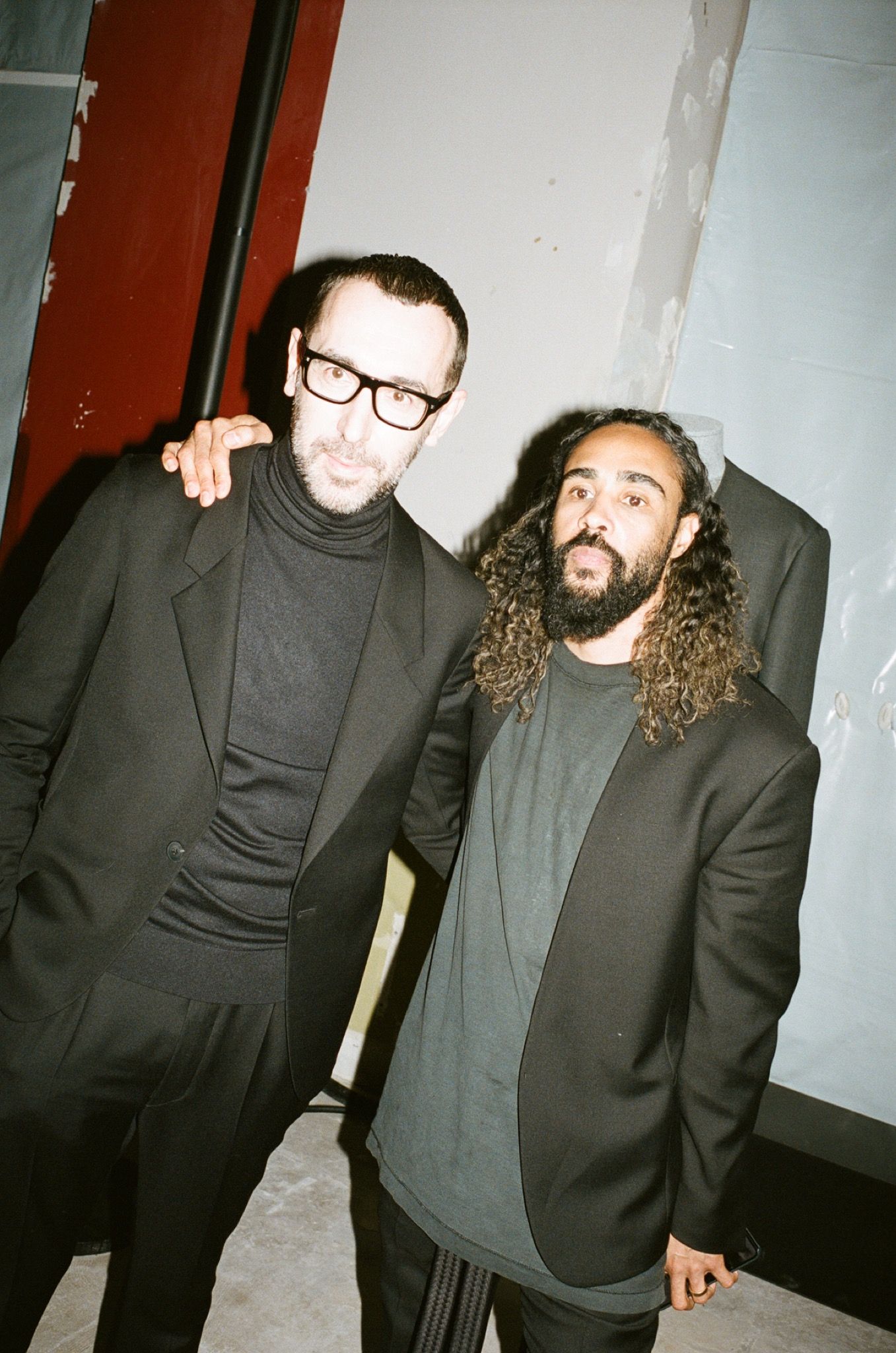
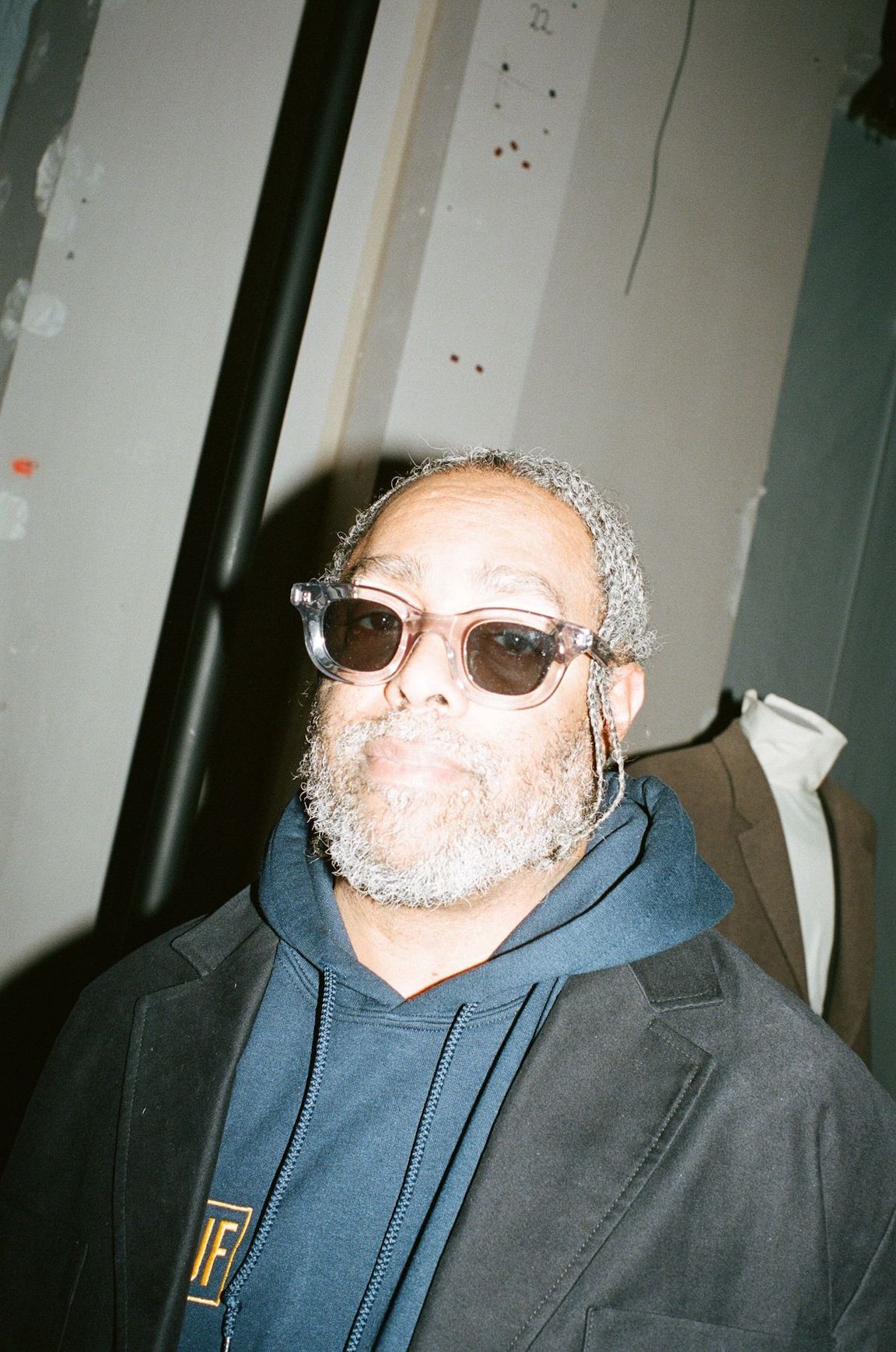
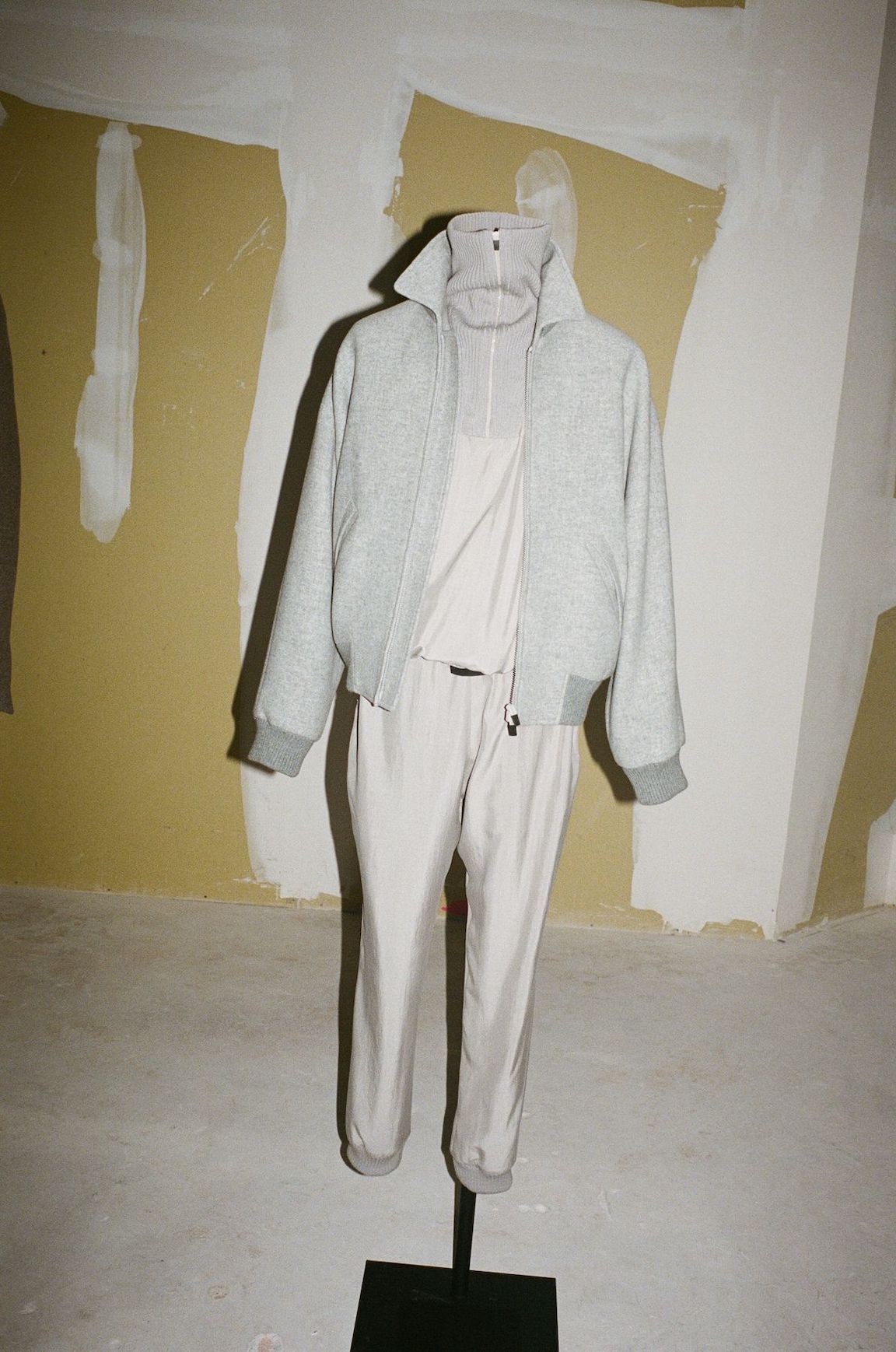
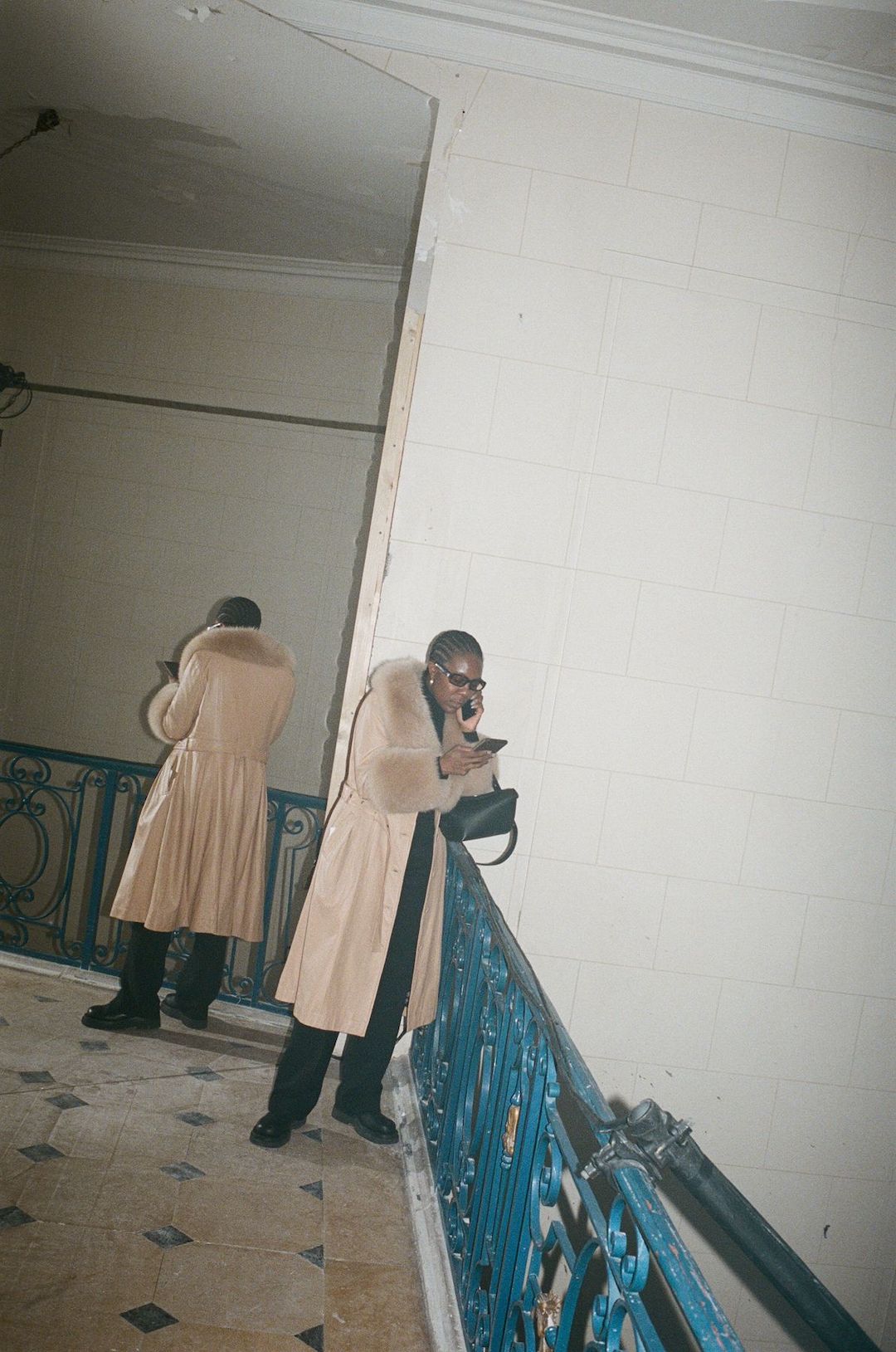
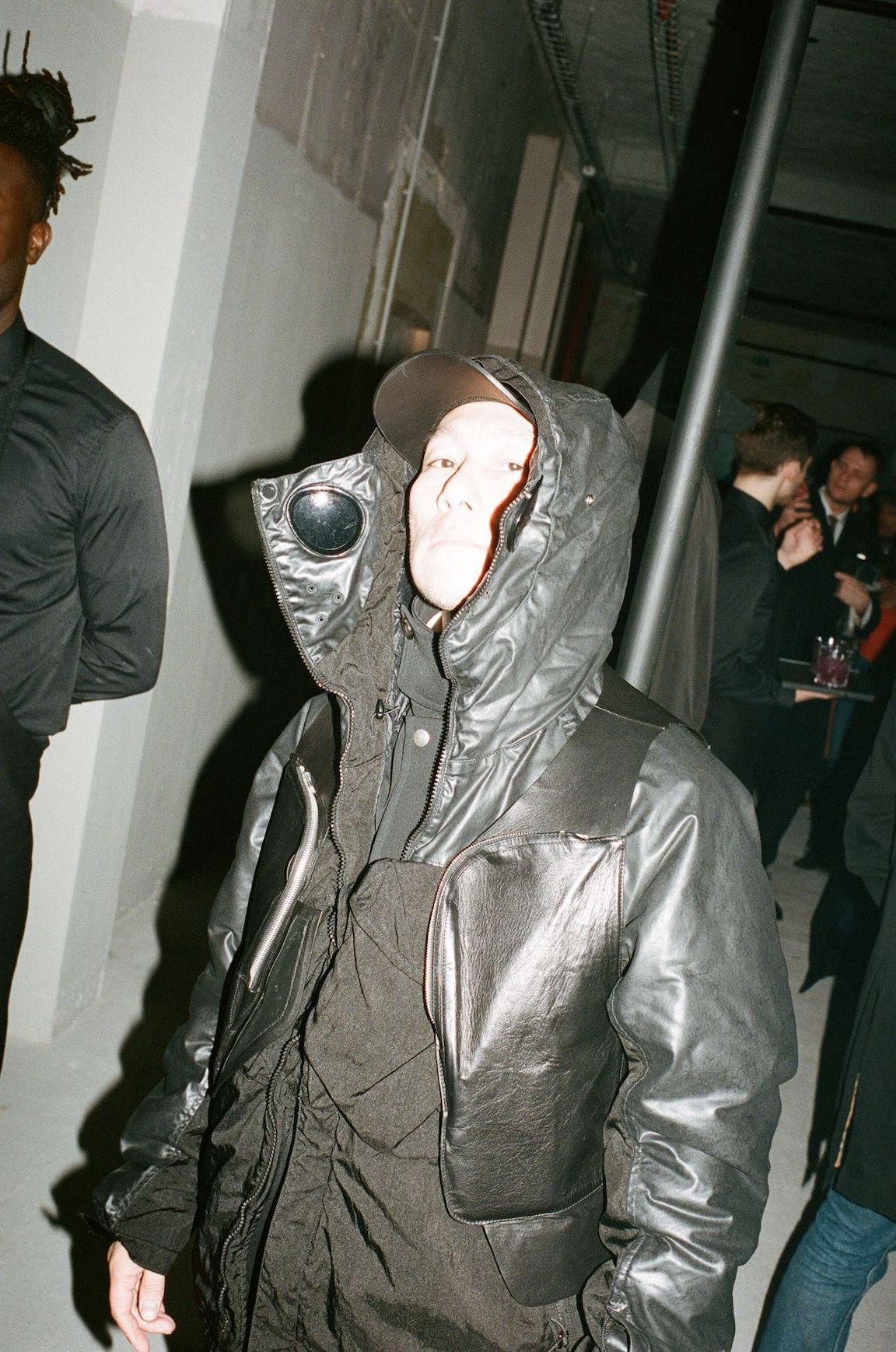
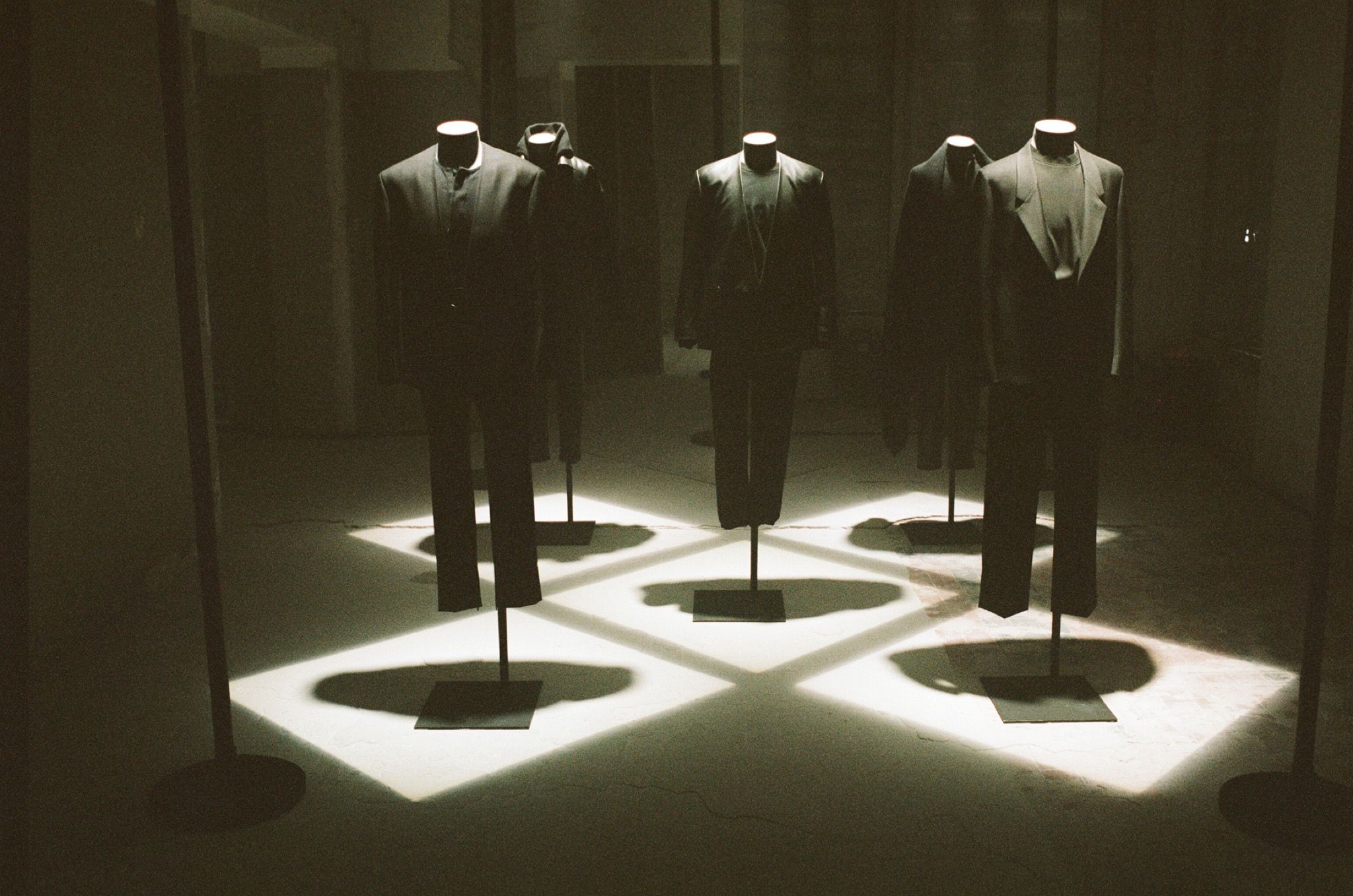
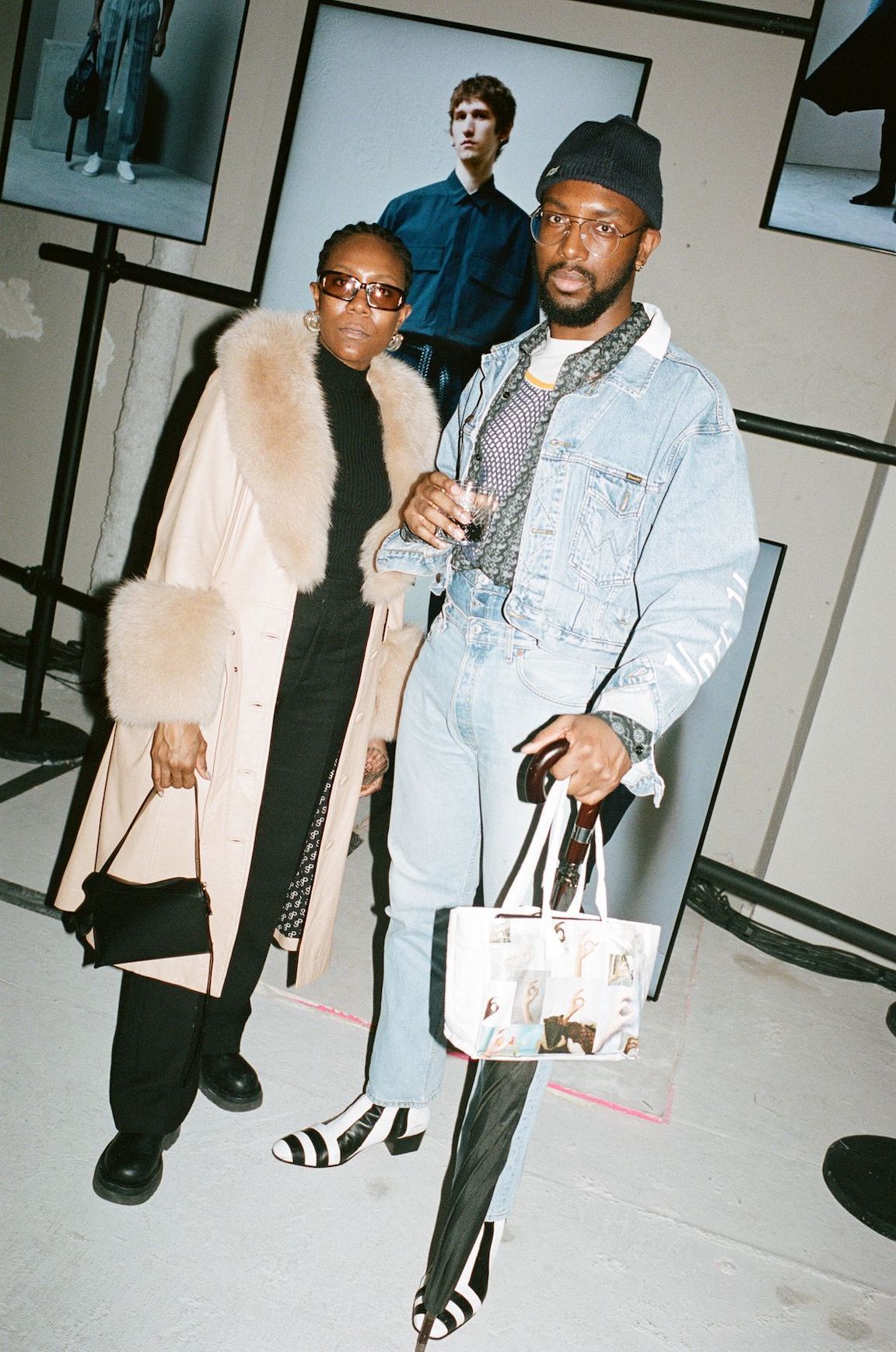
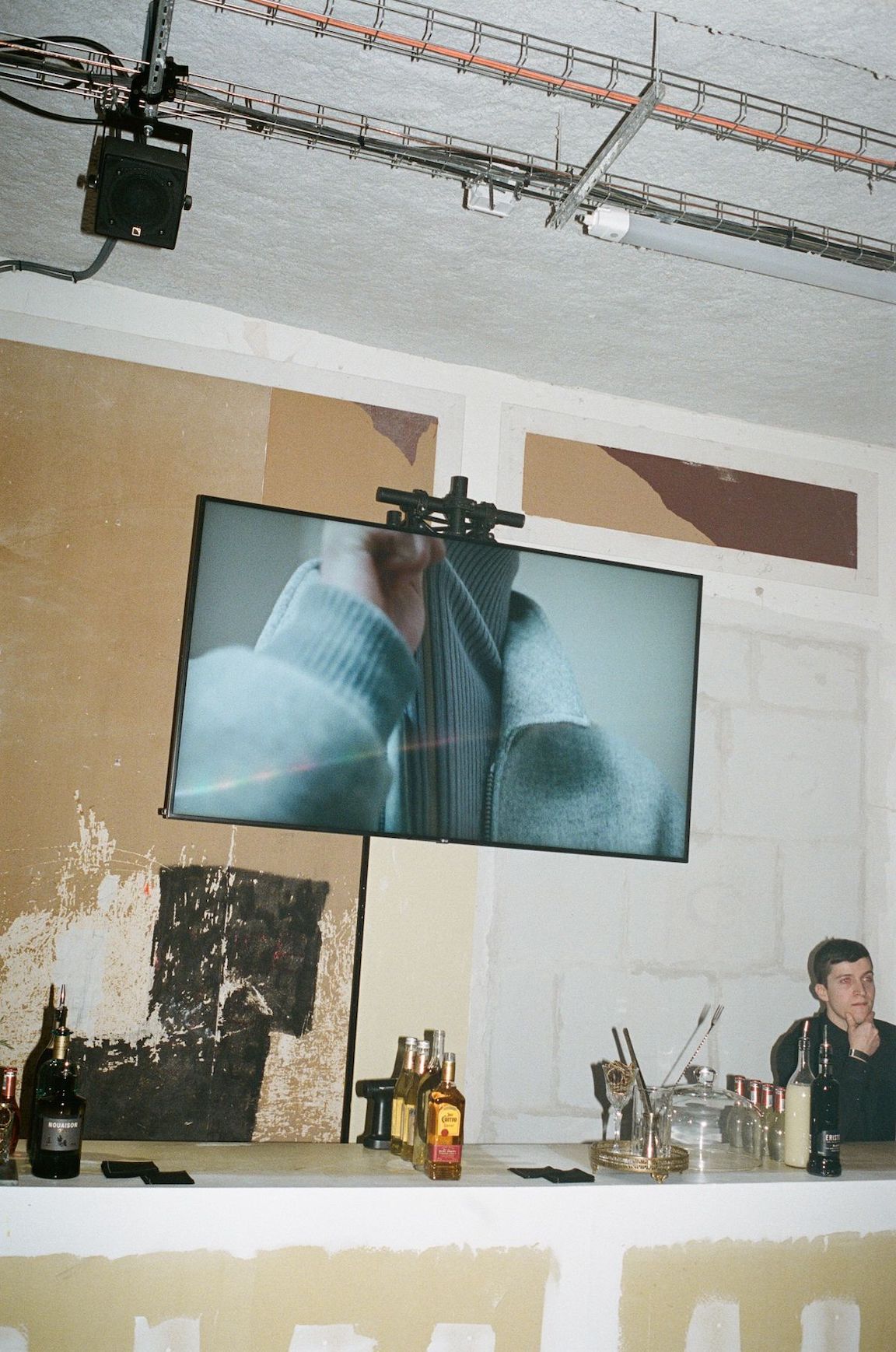
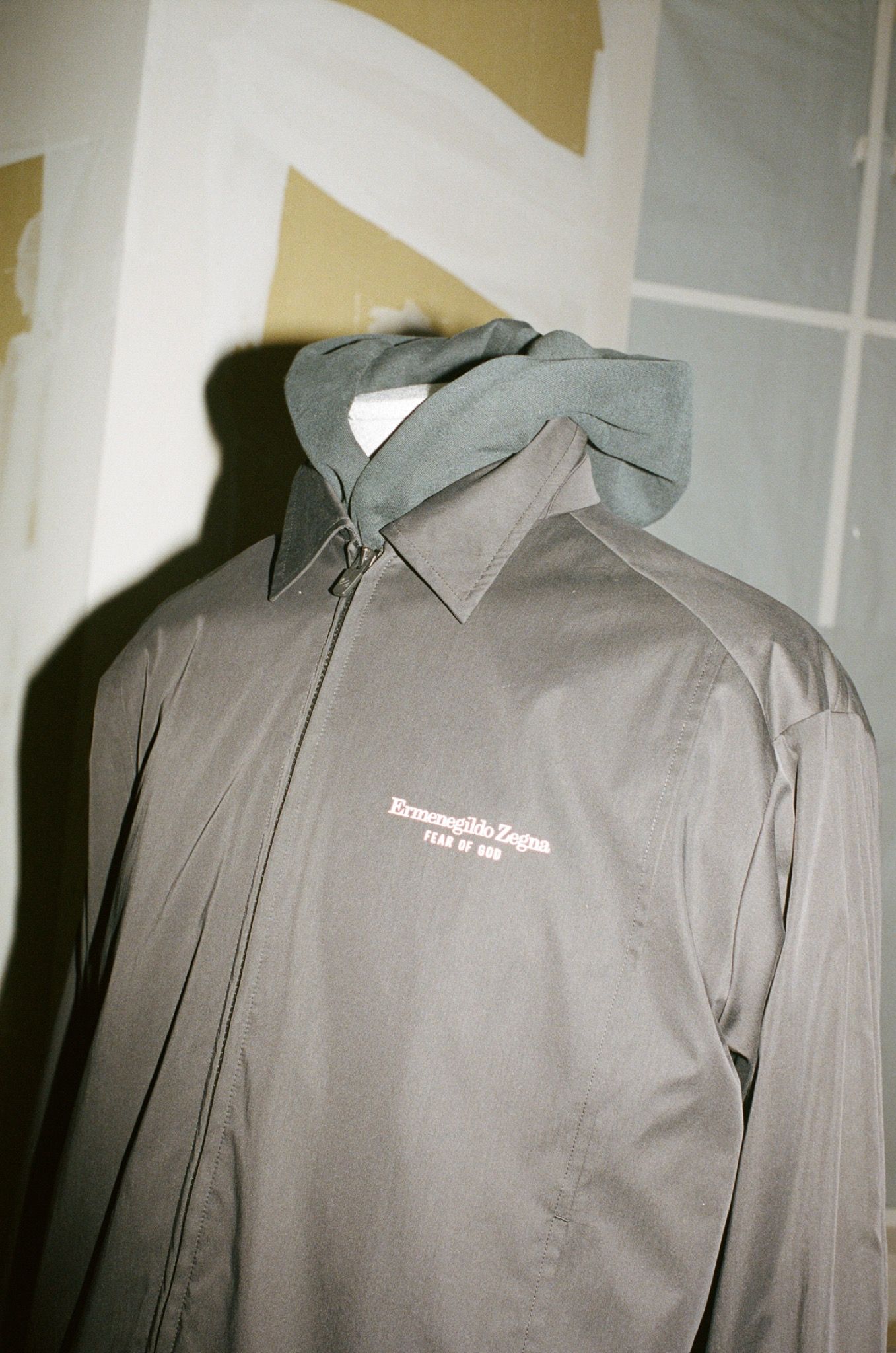
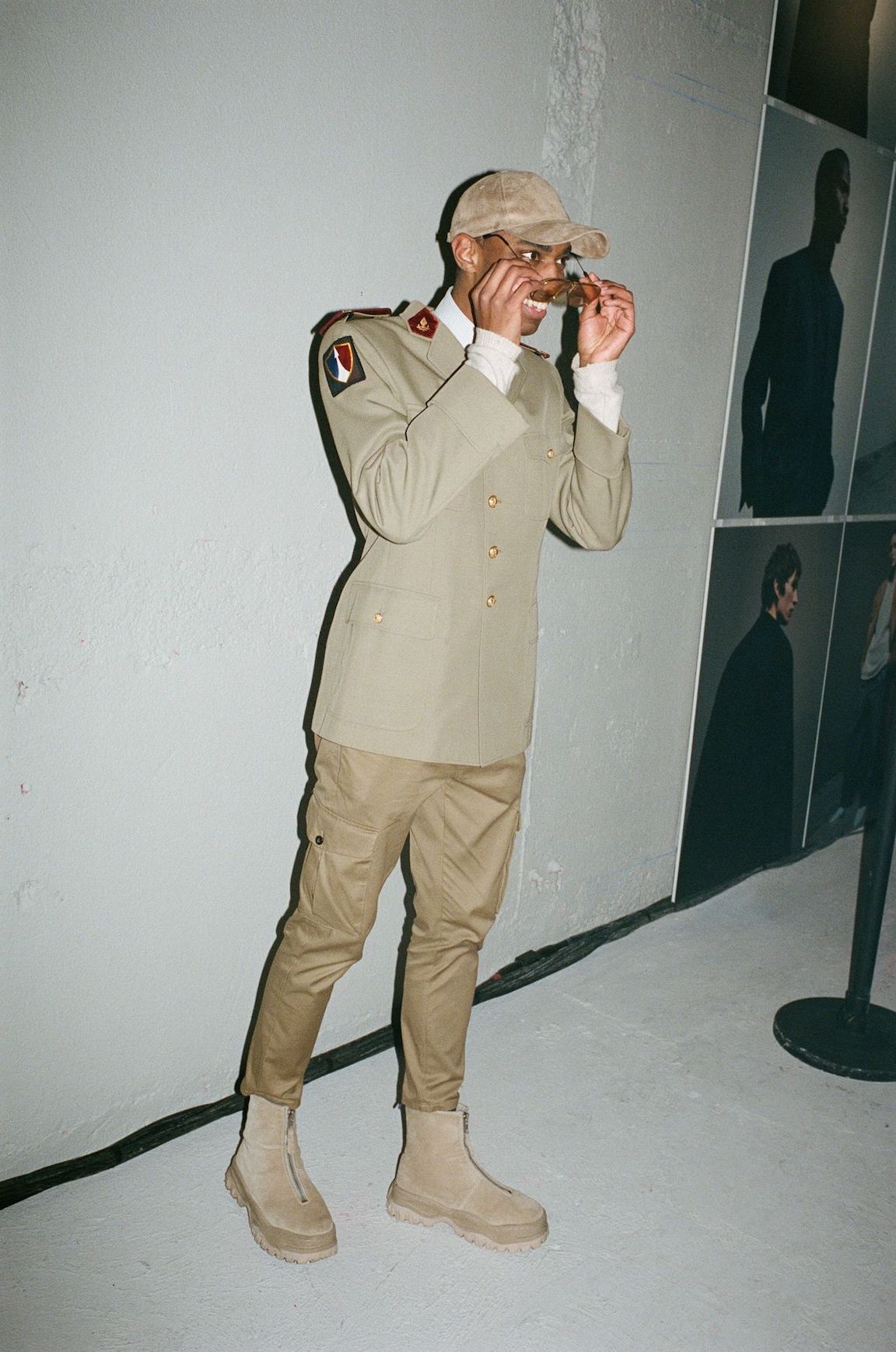
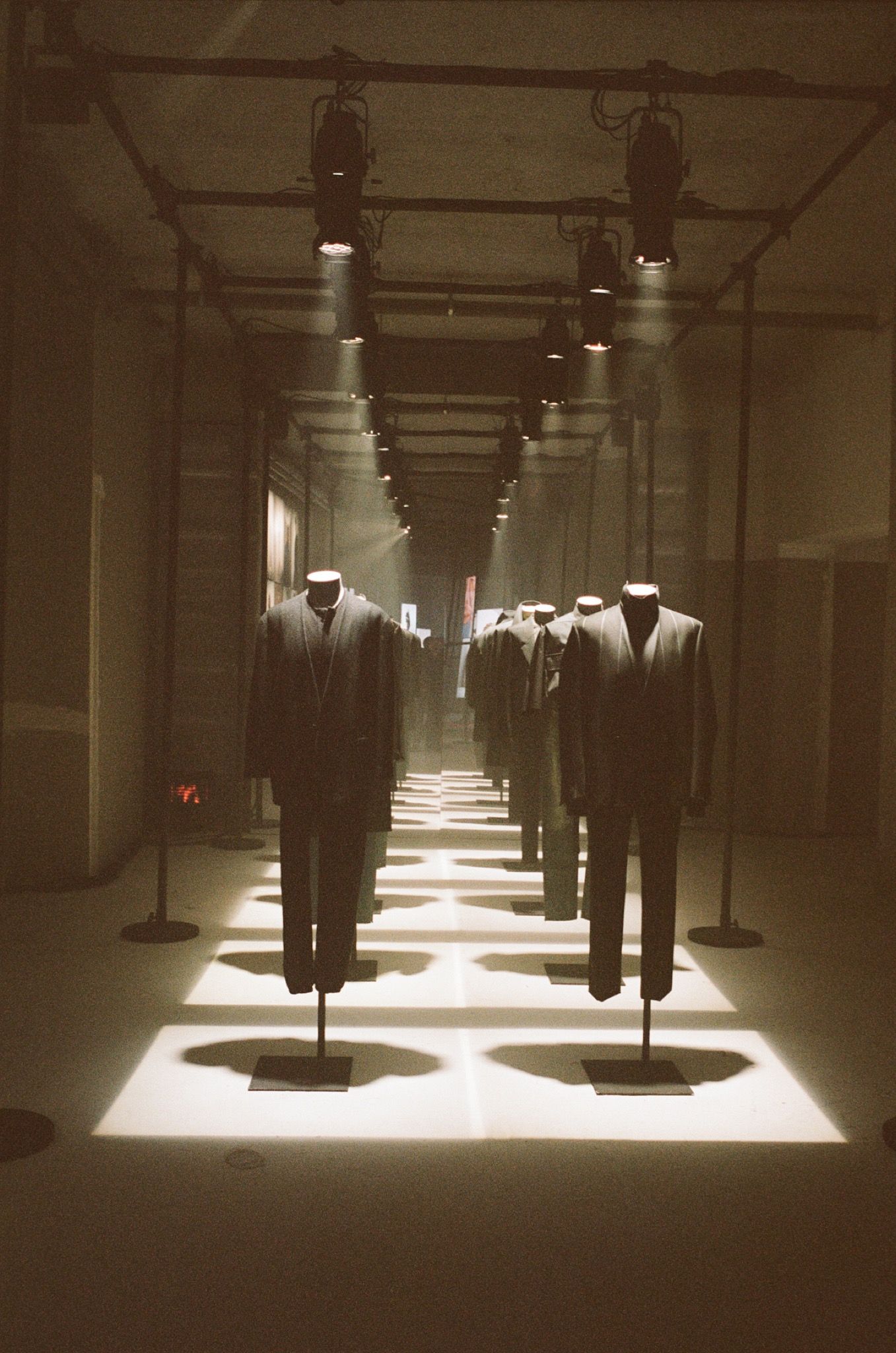
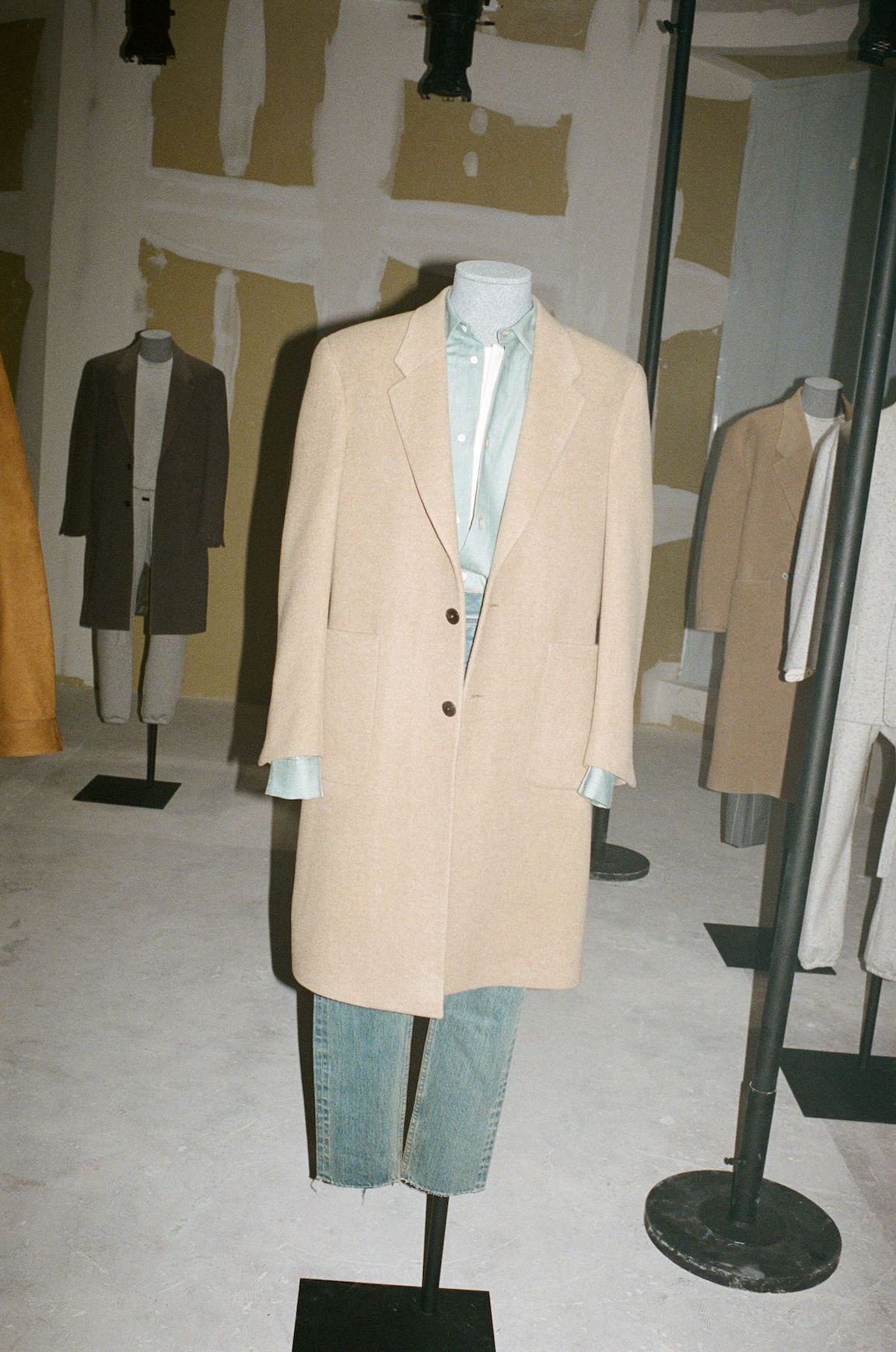
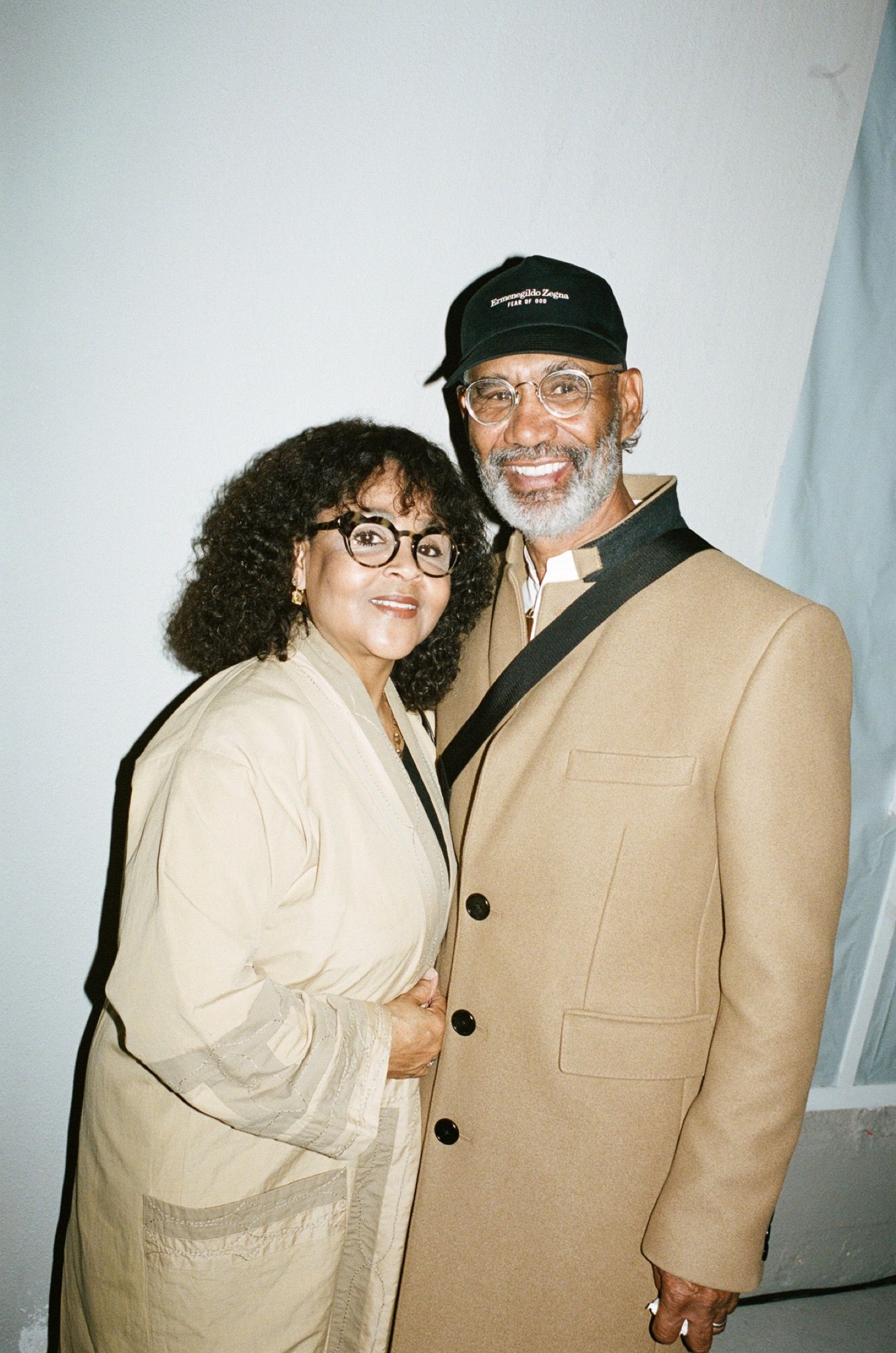
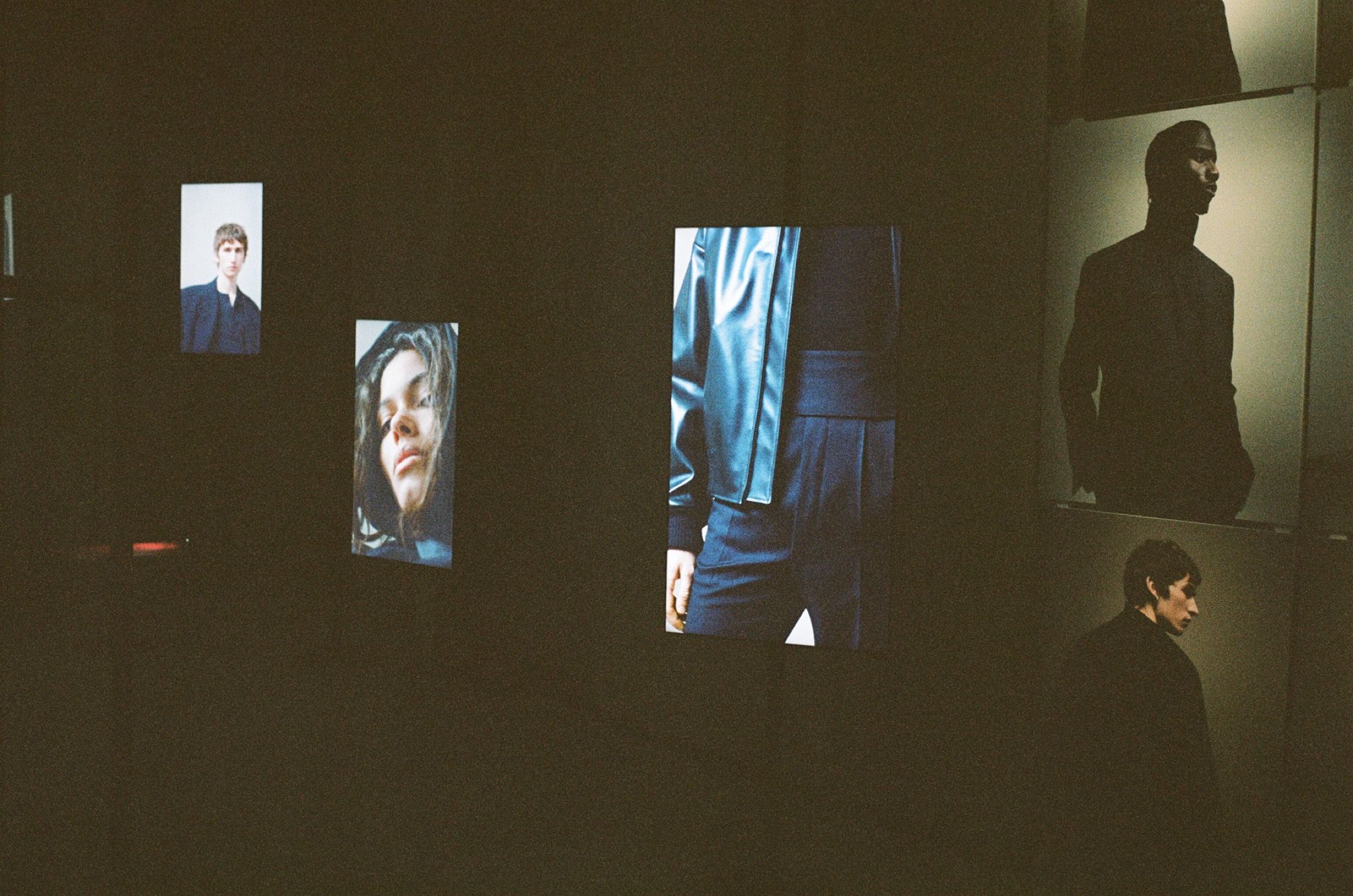
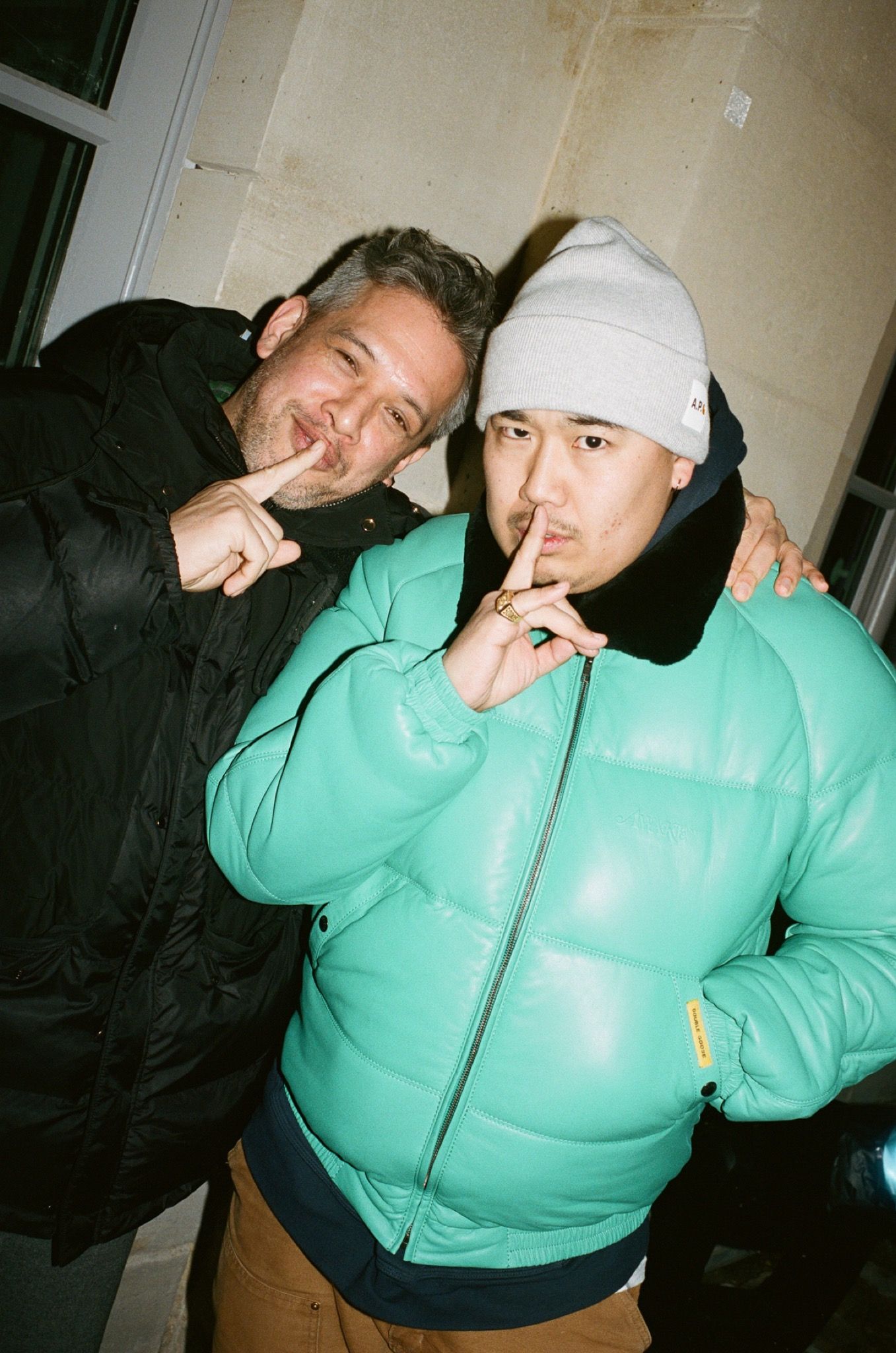
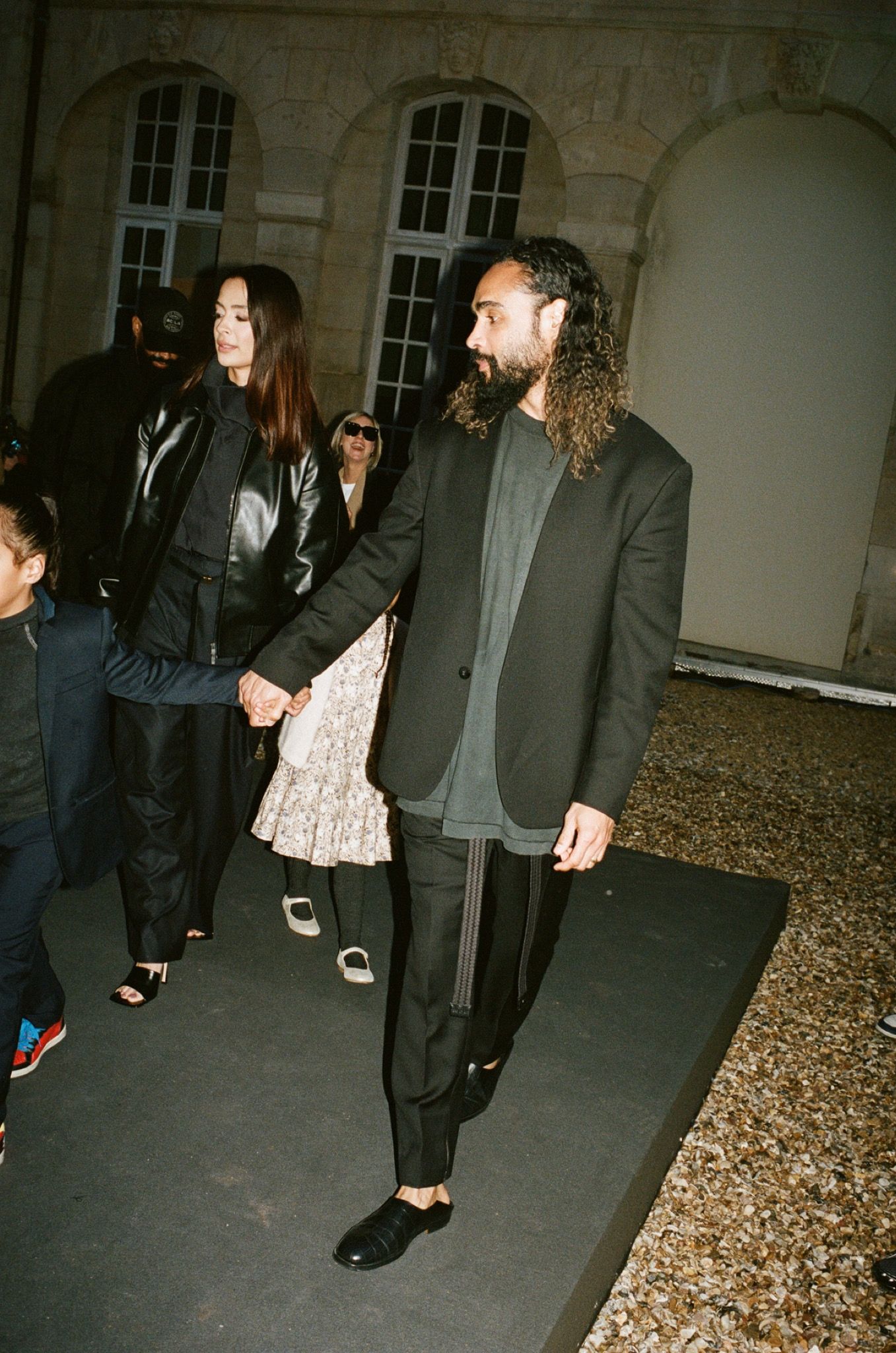
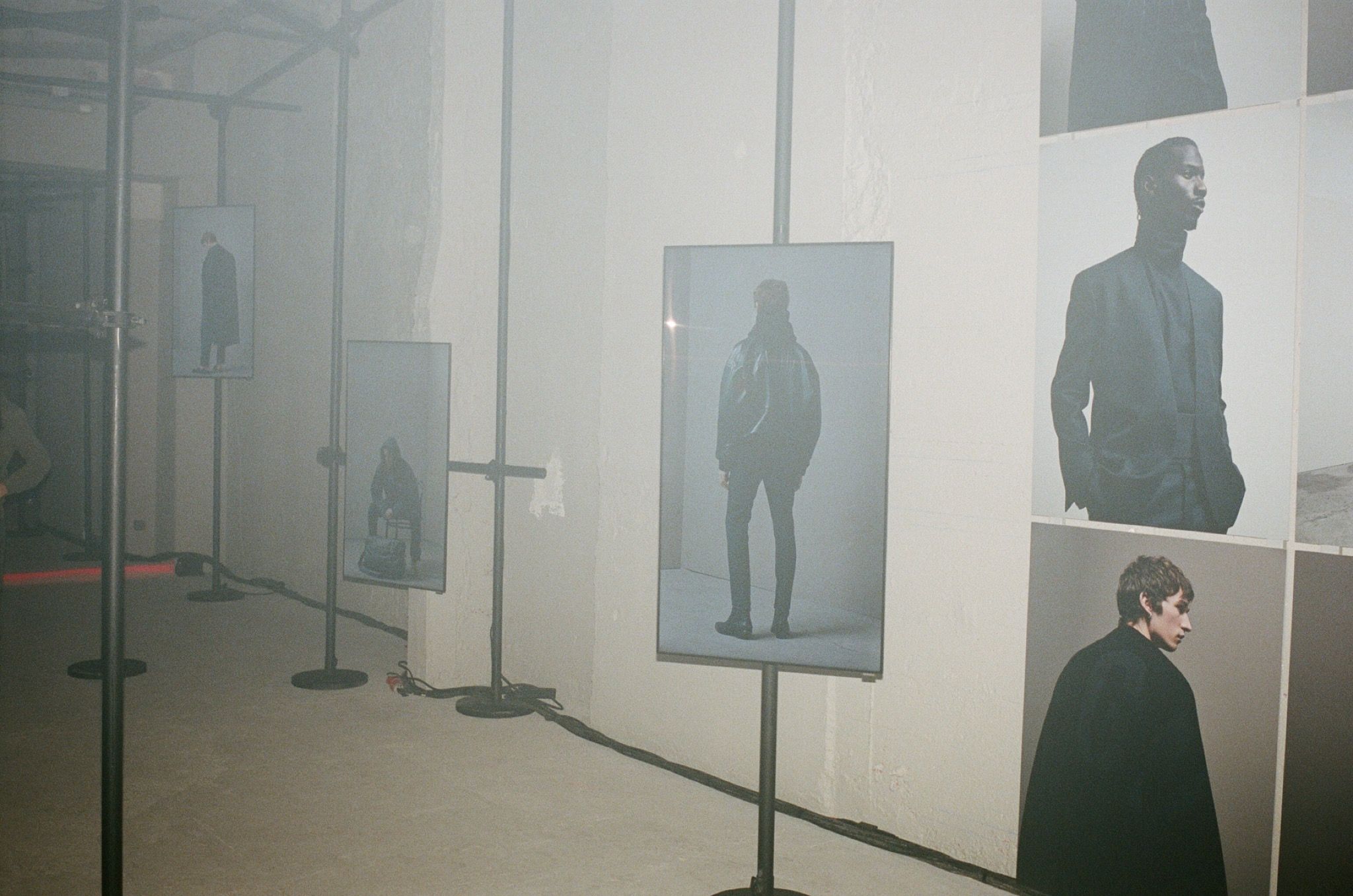
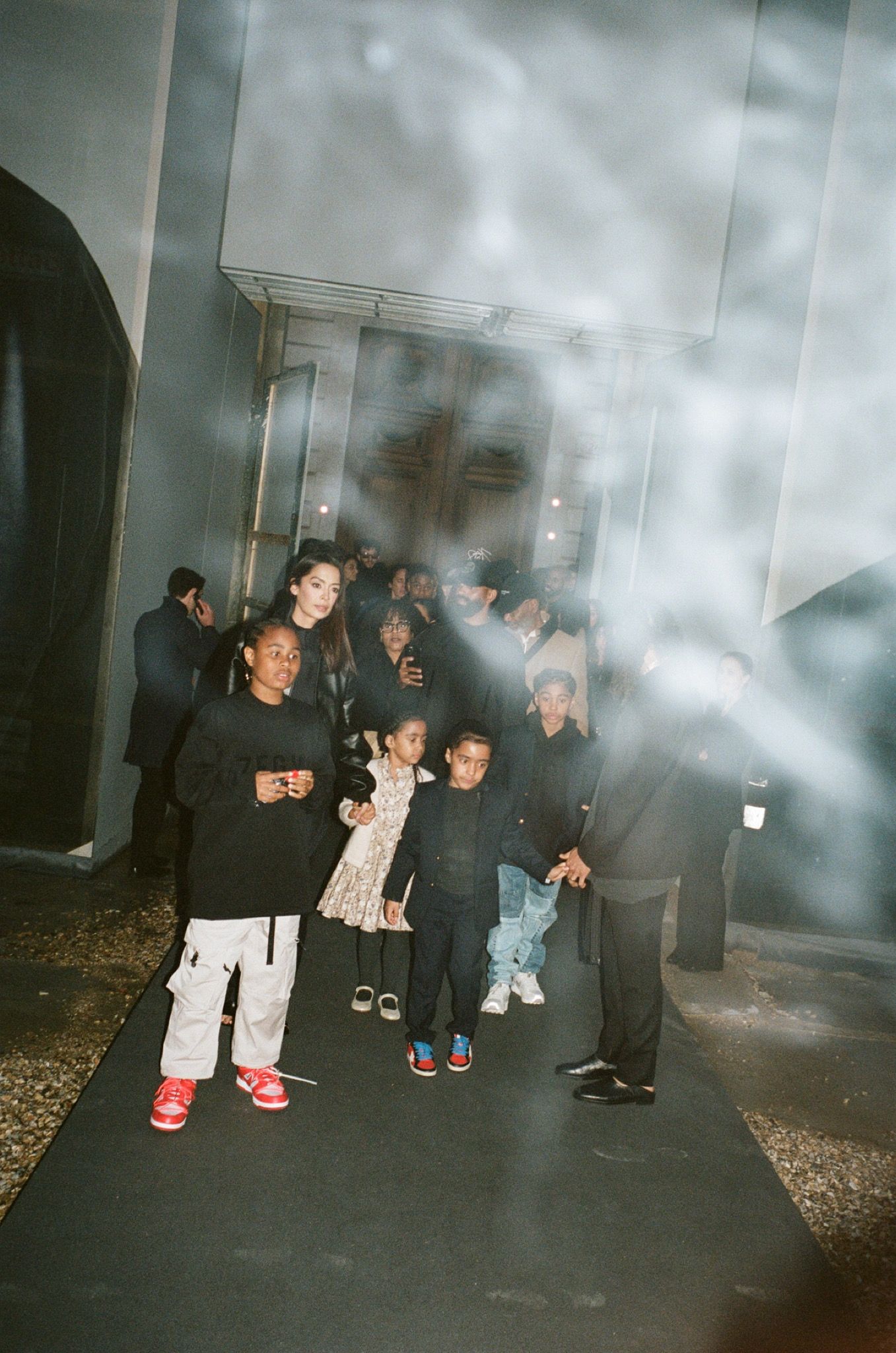
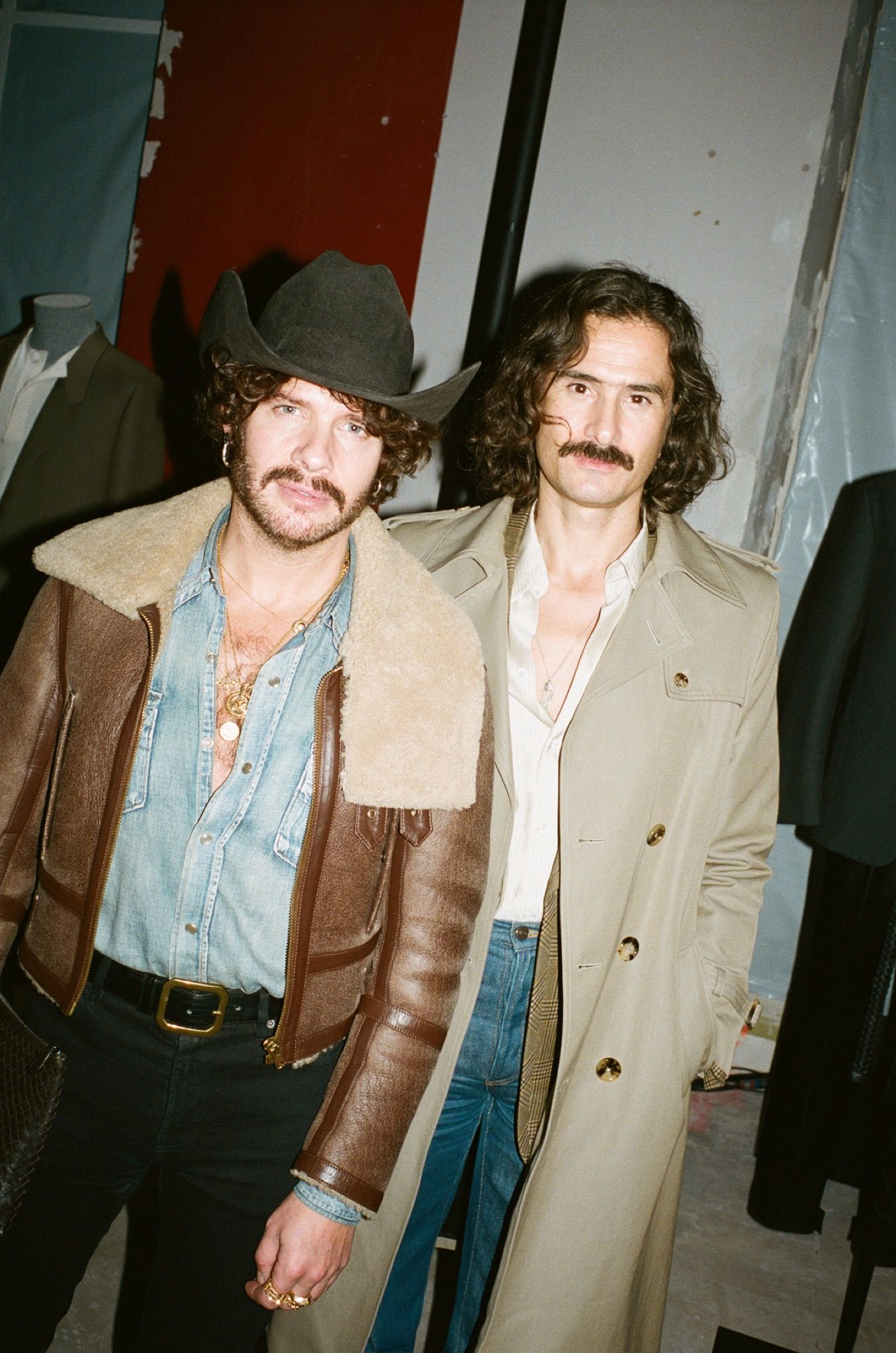
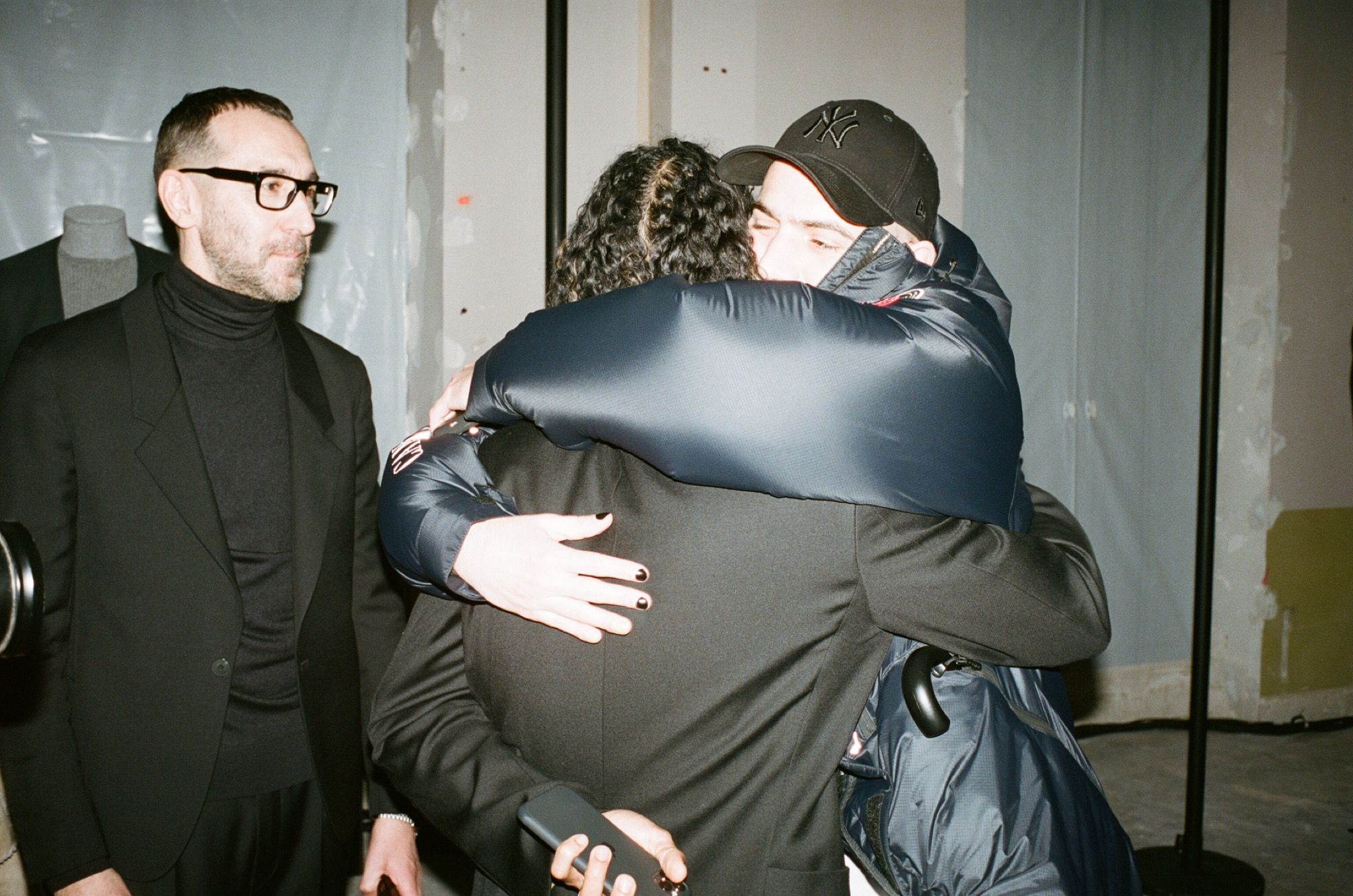
Credits
- Photography: Lukas Gansterer
